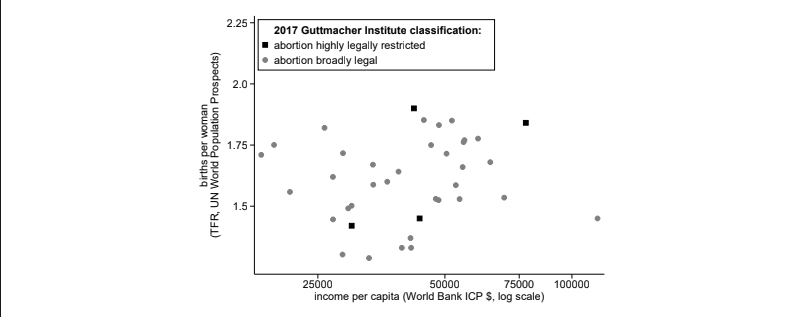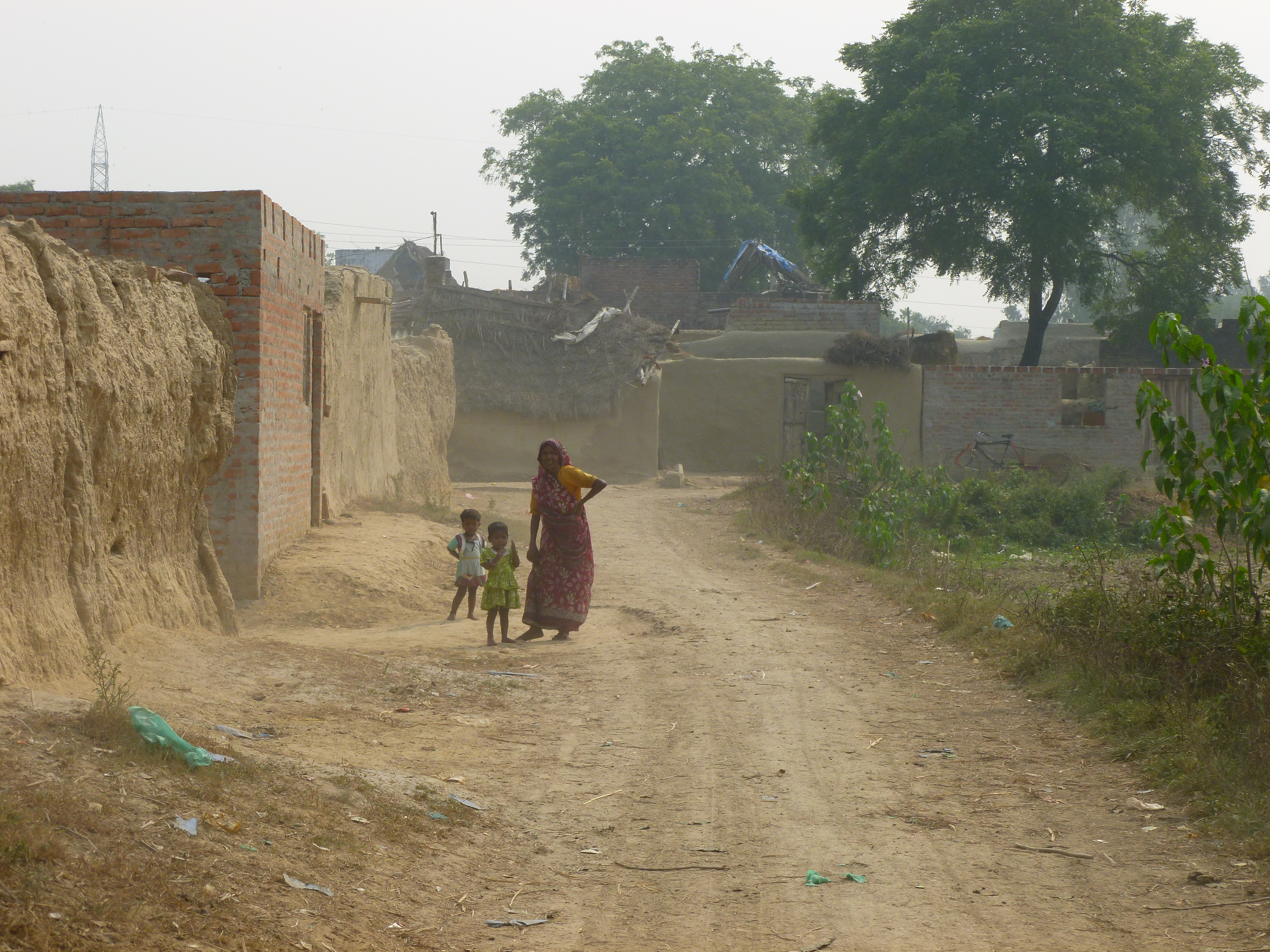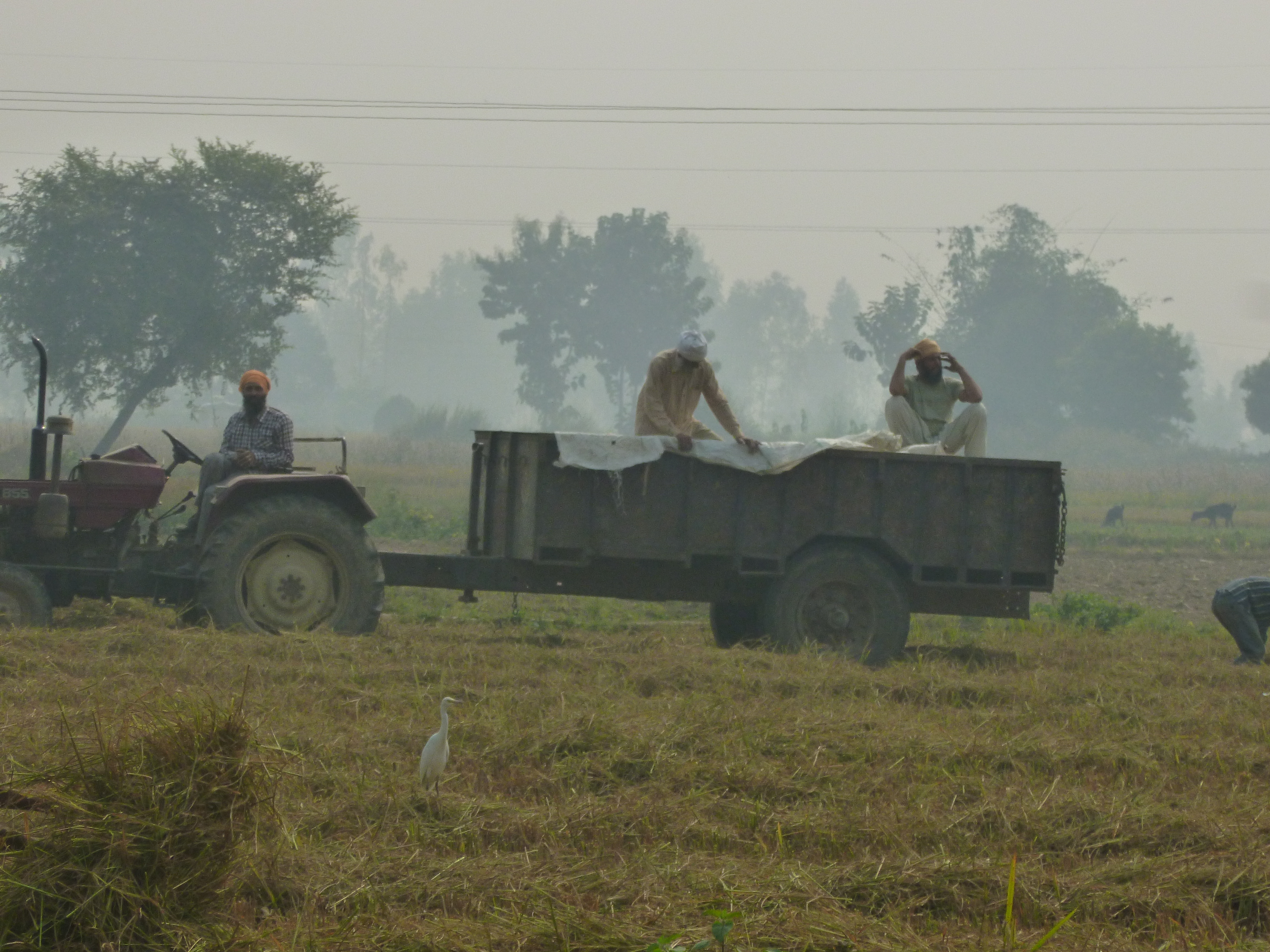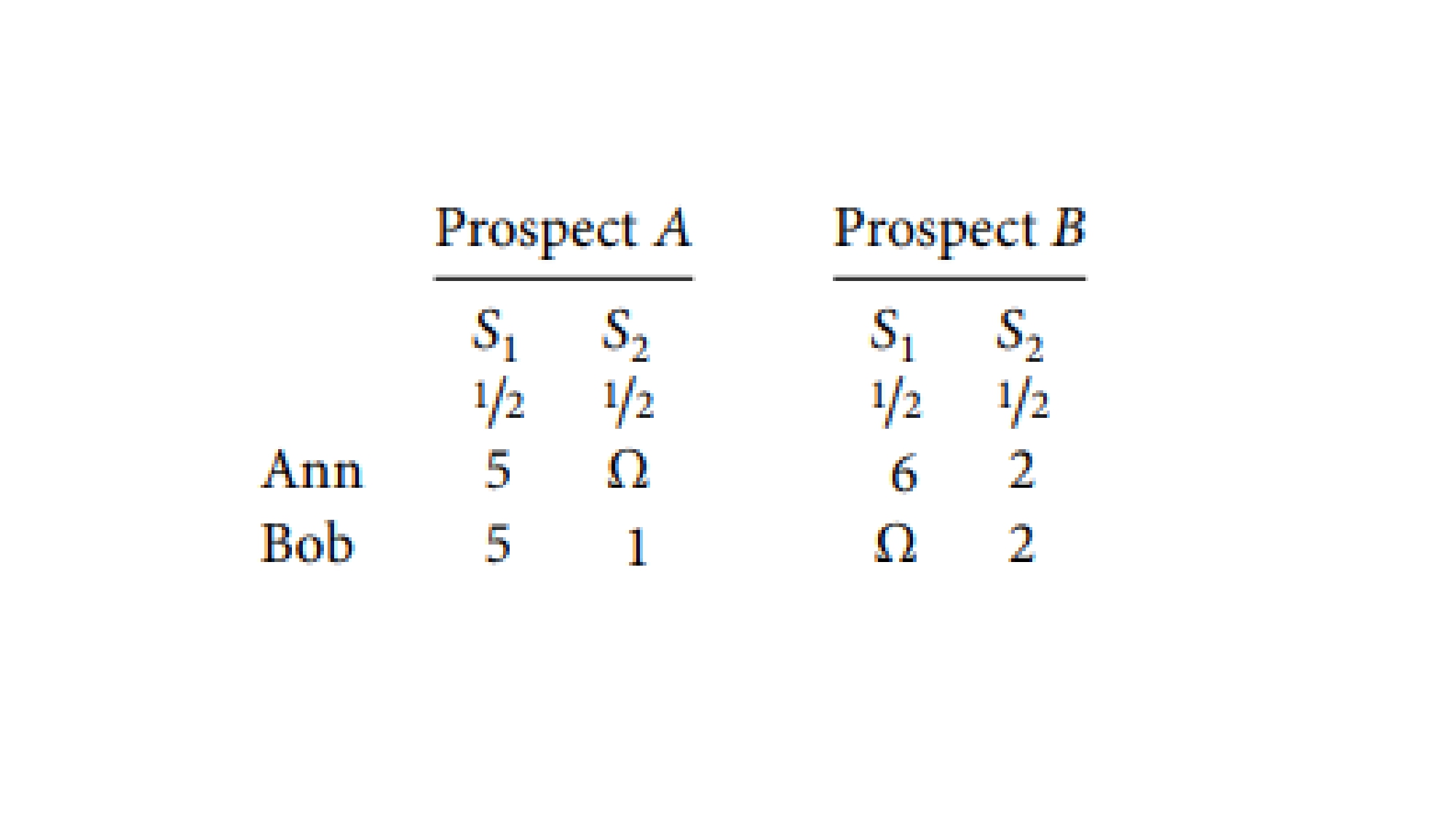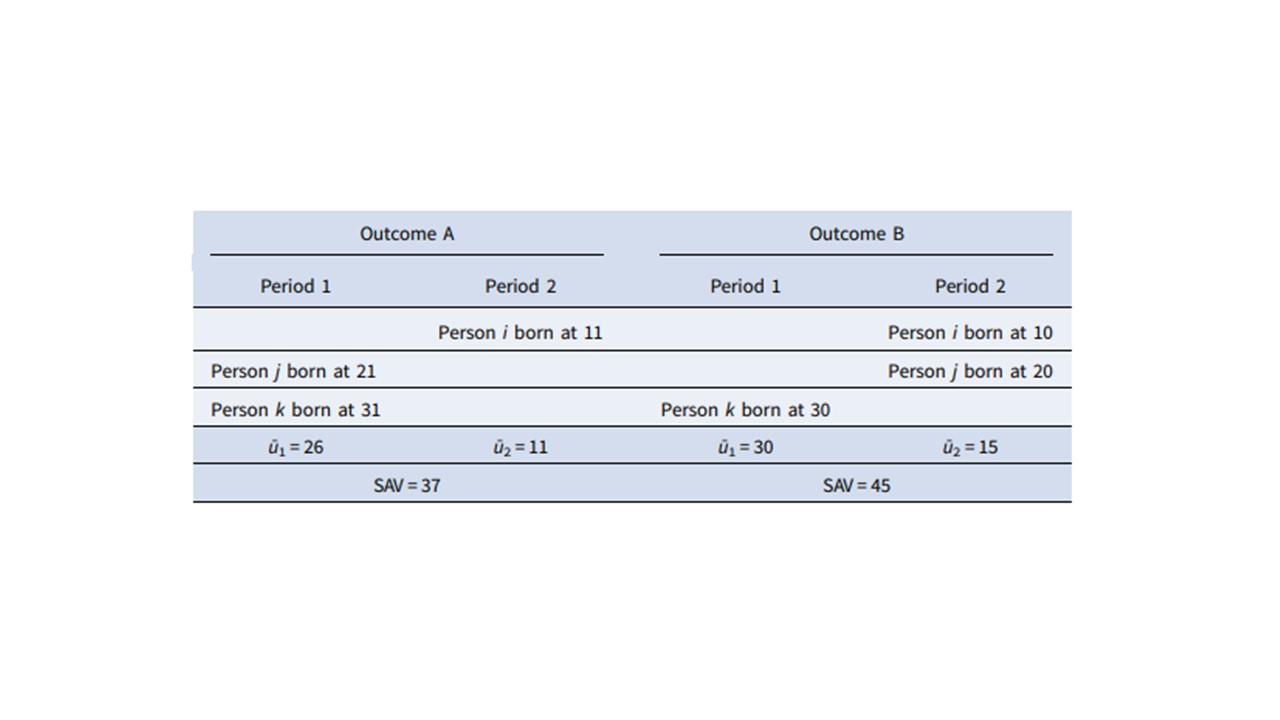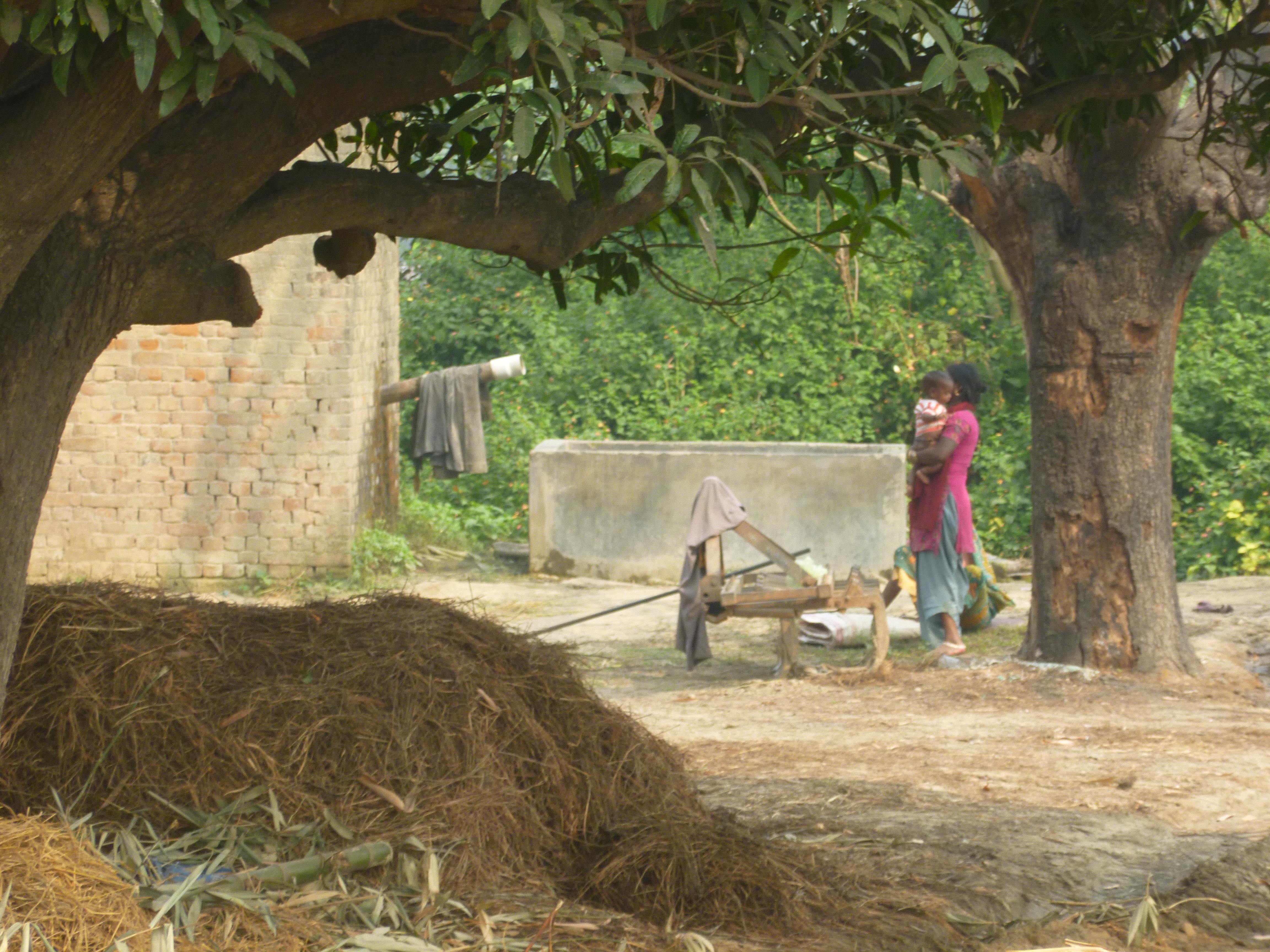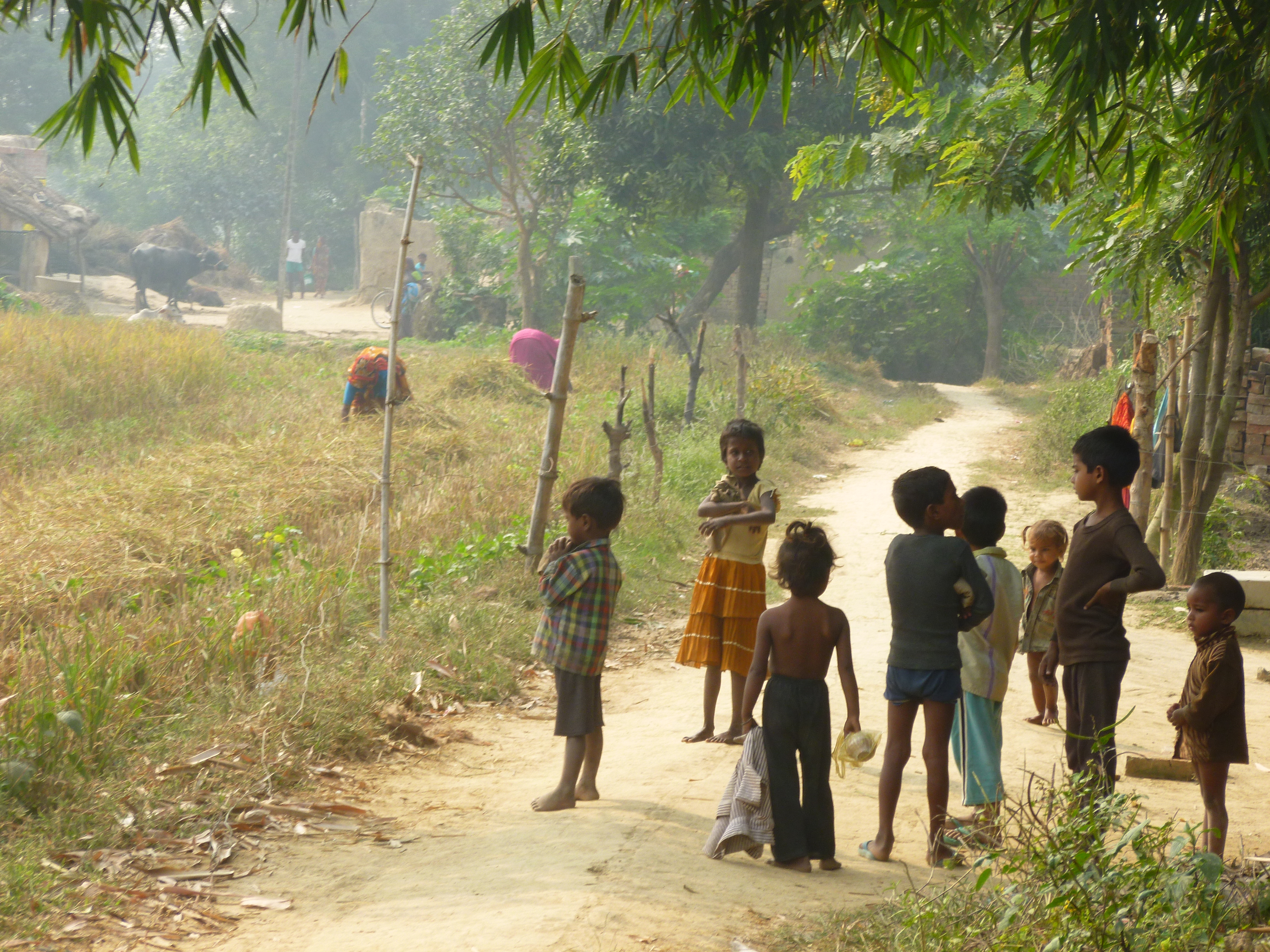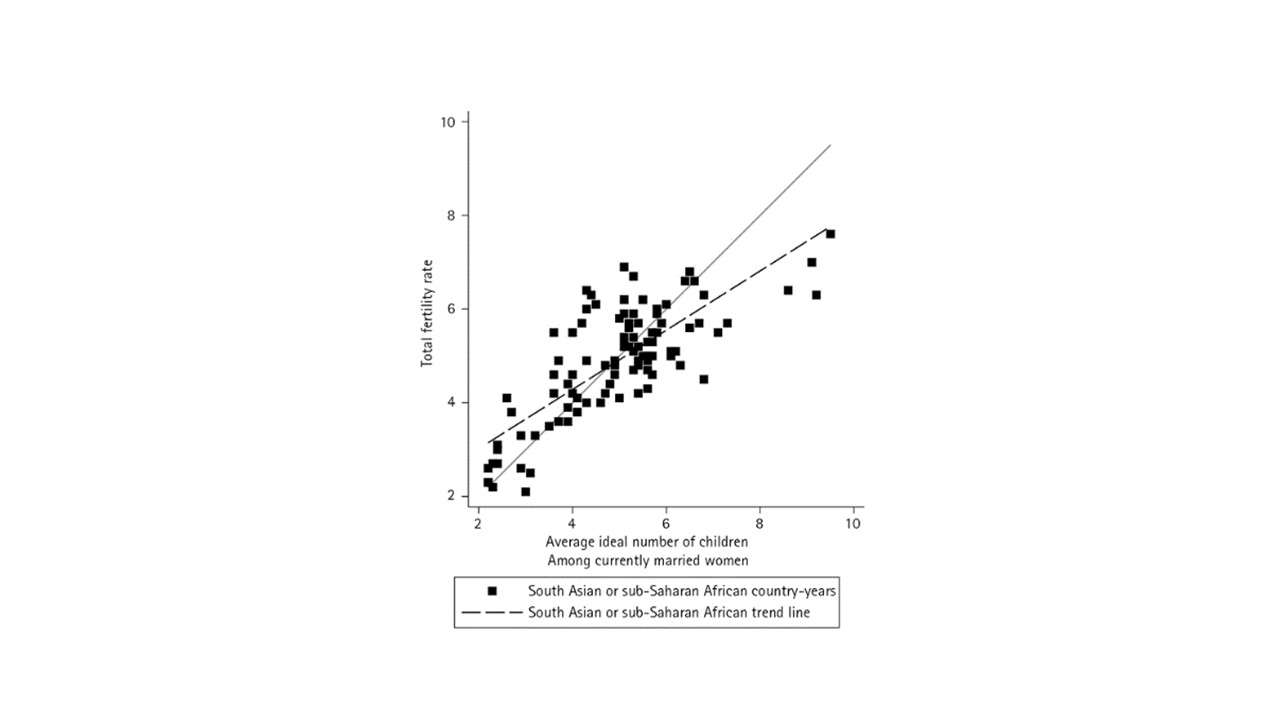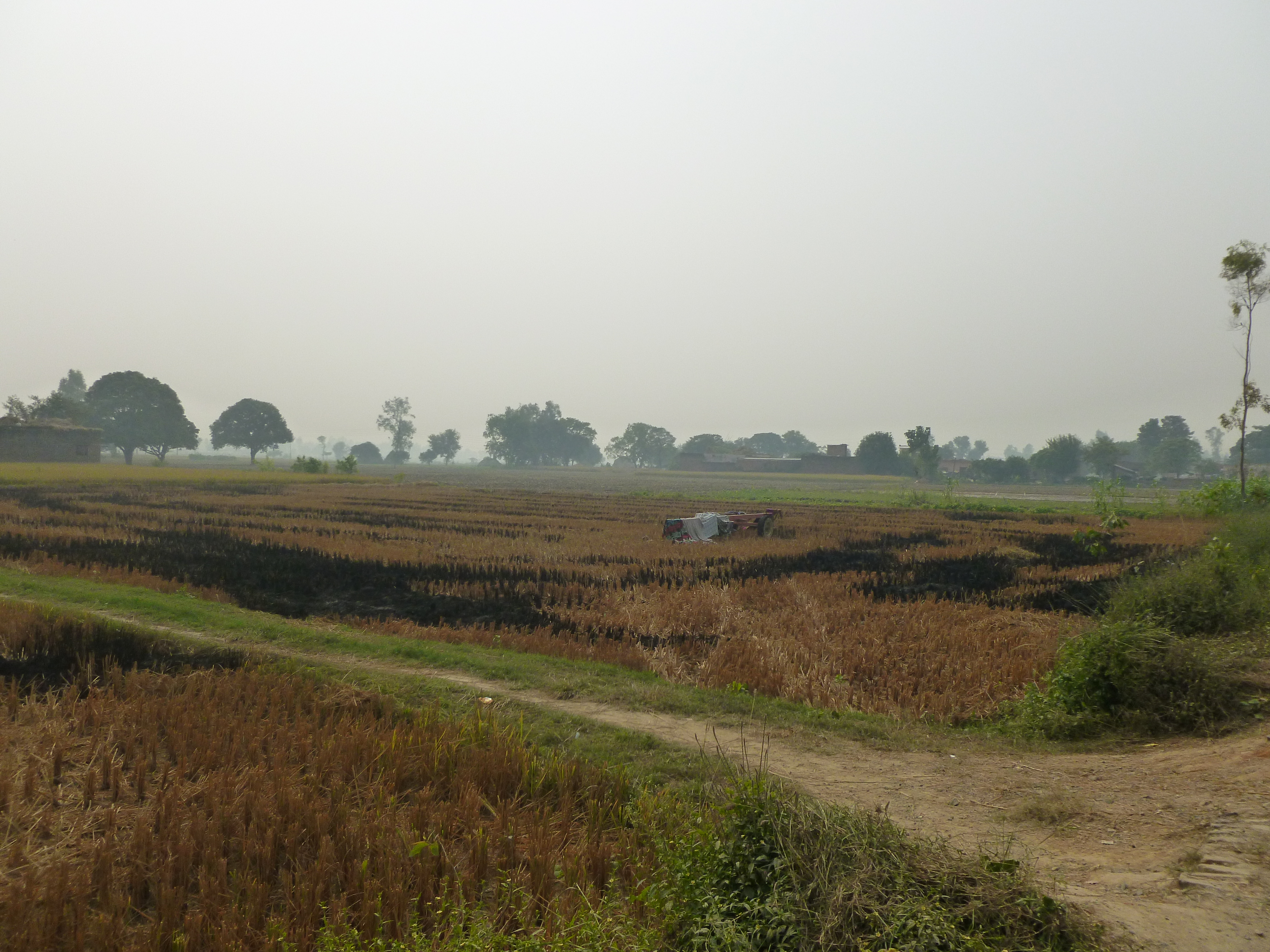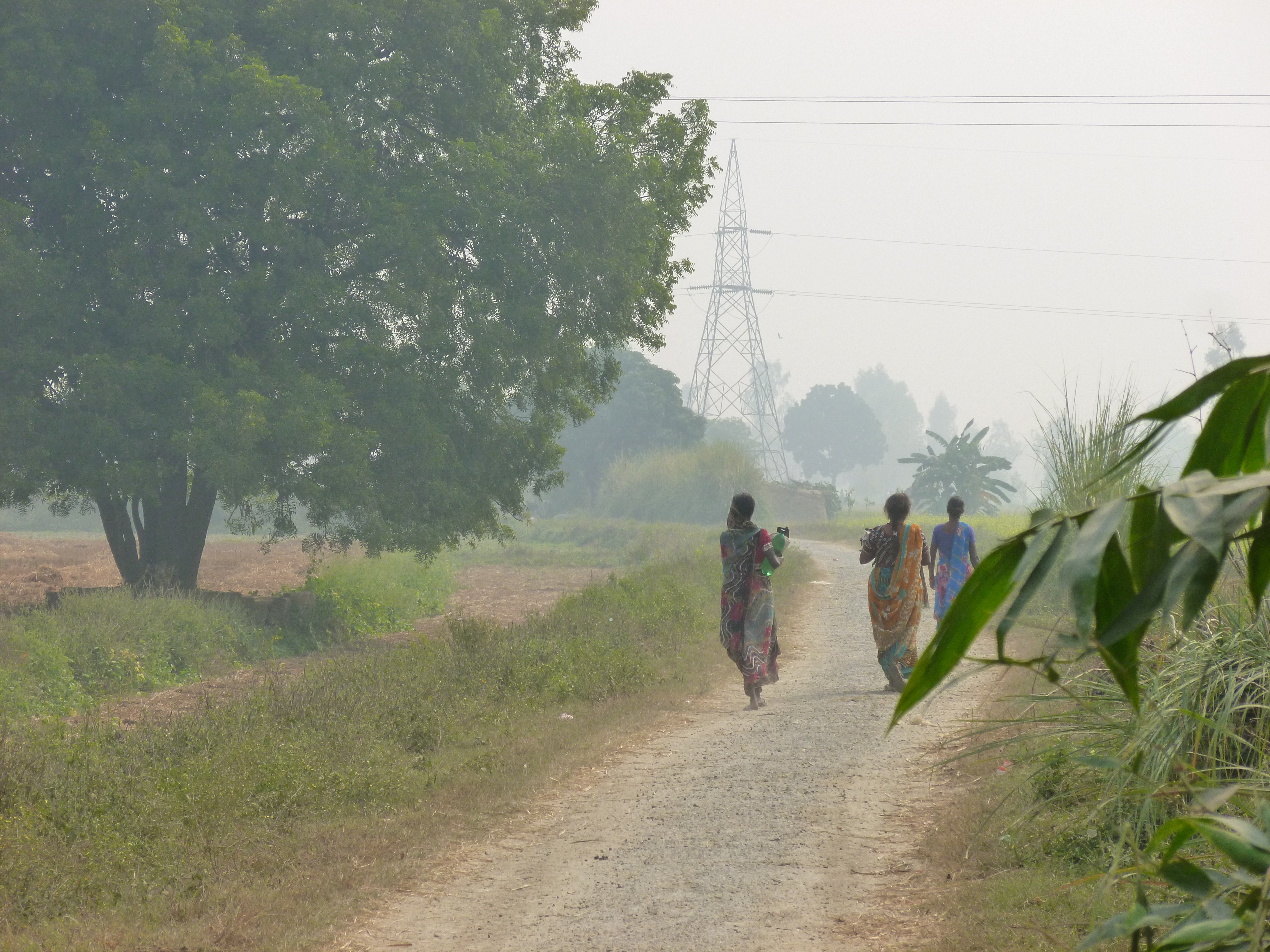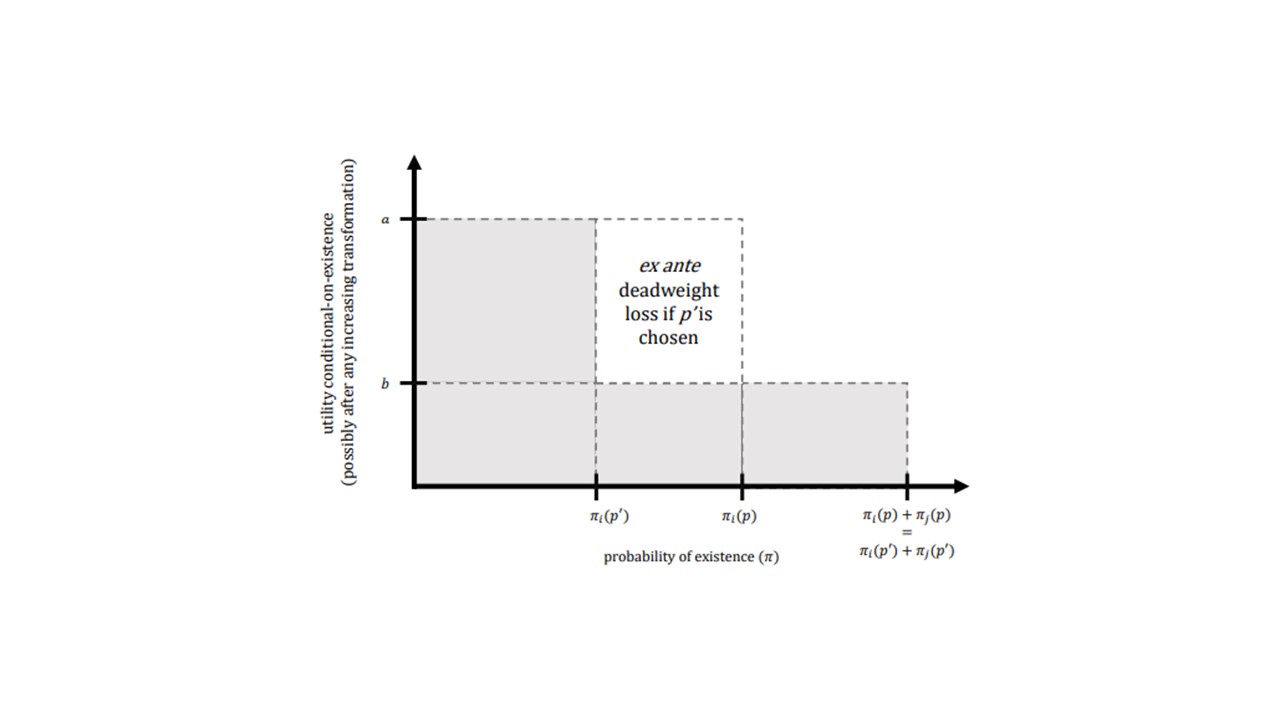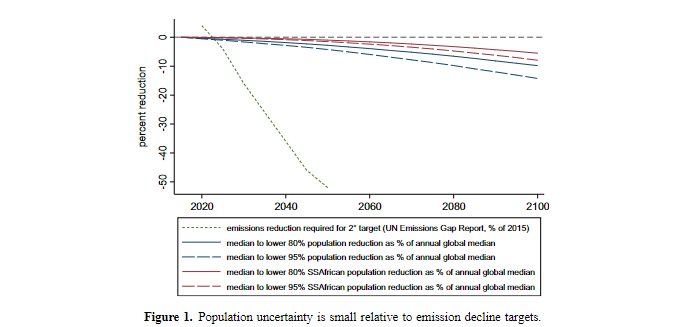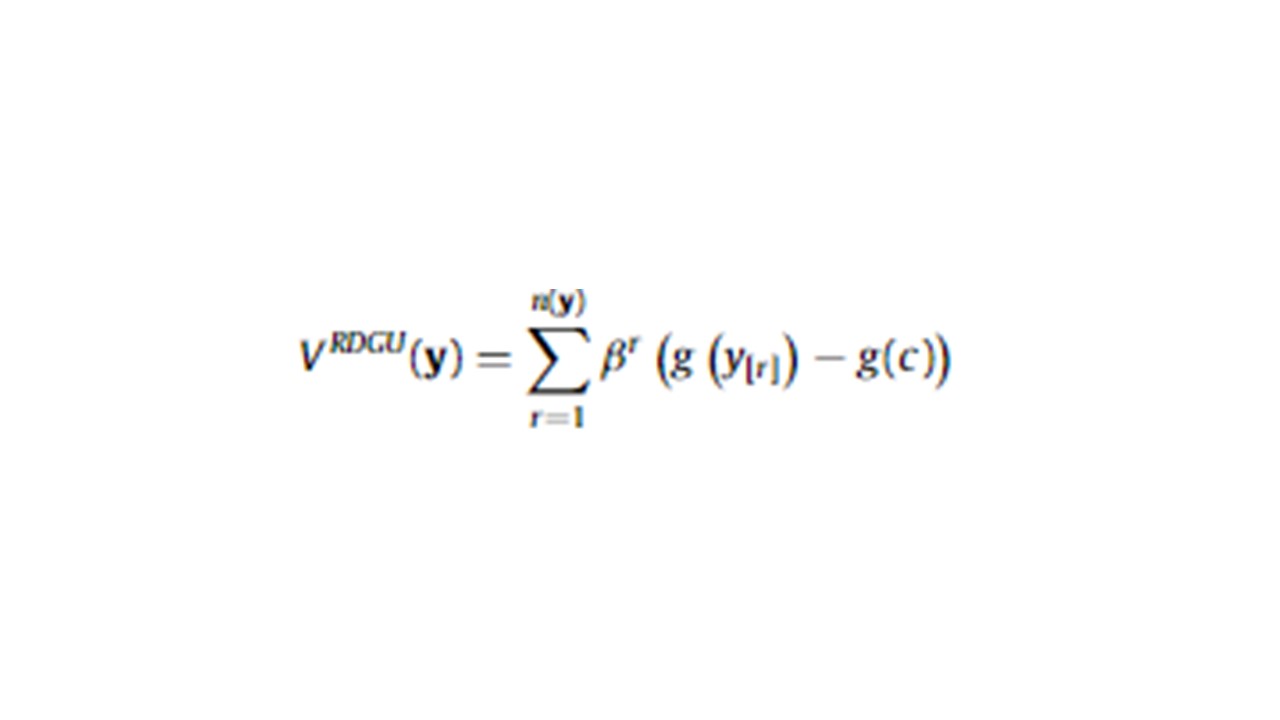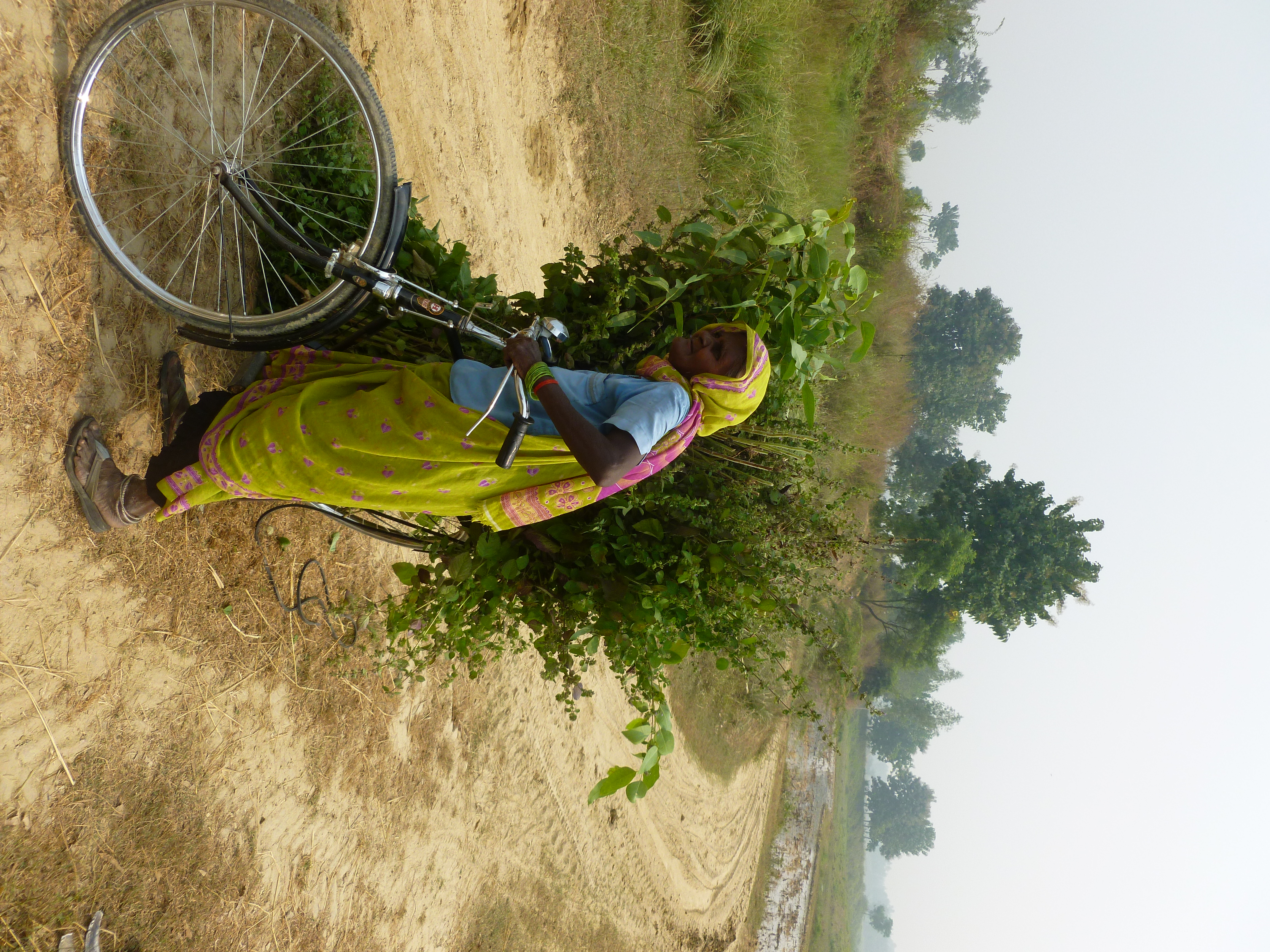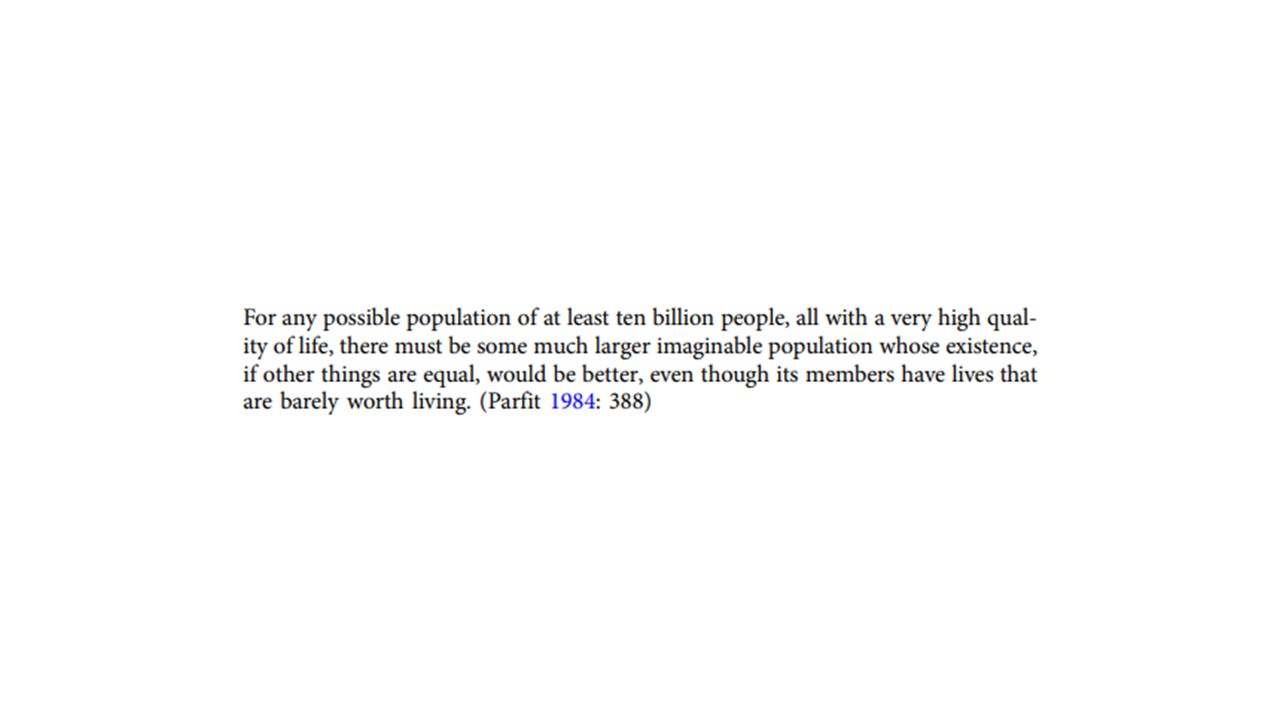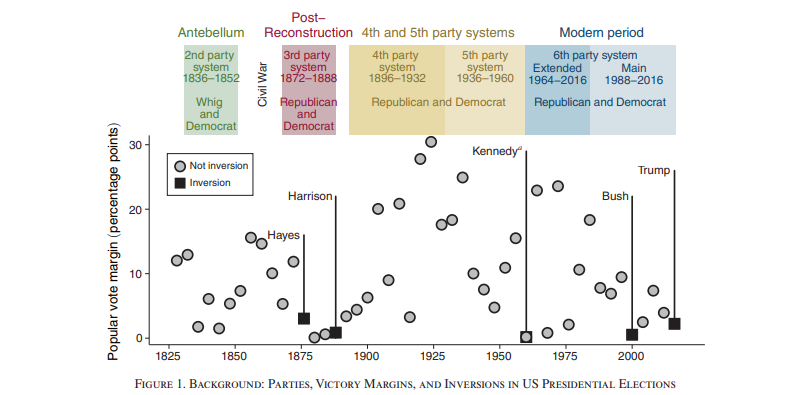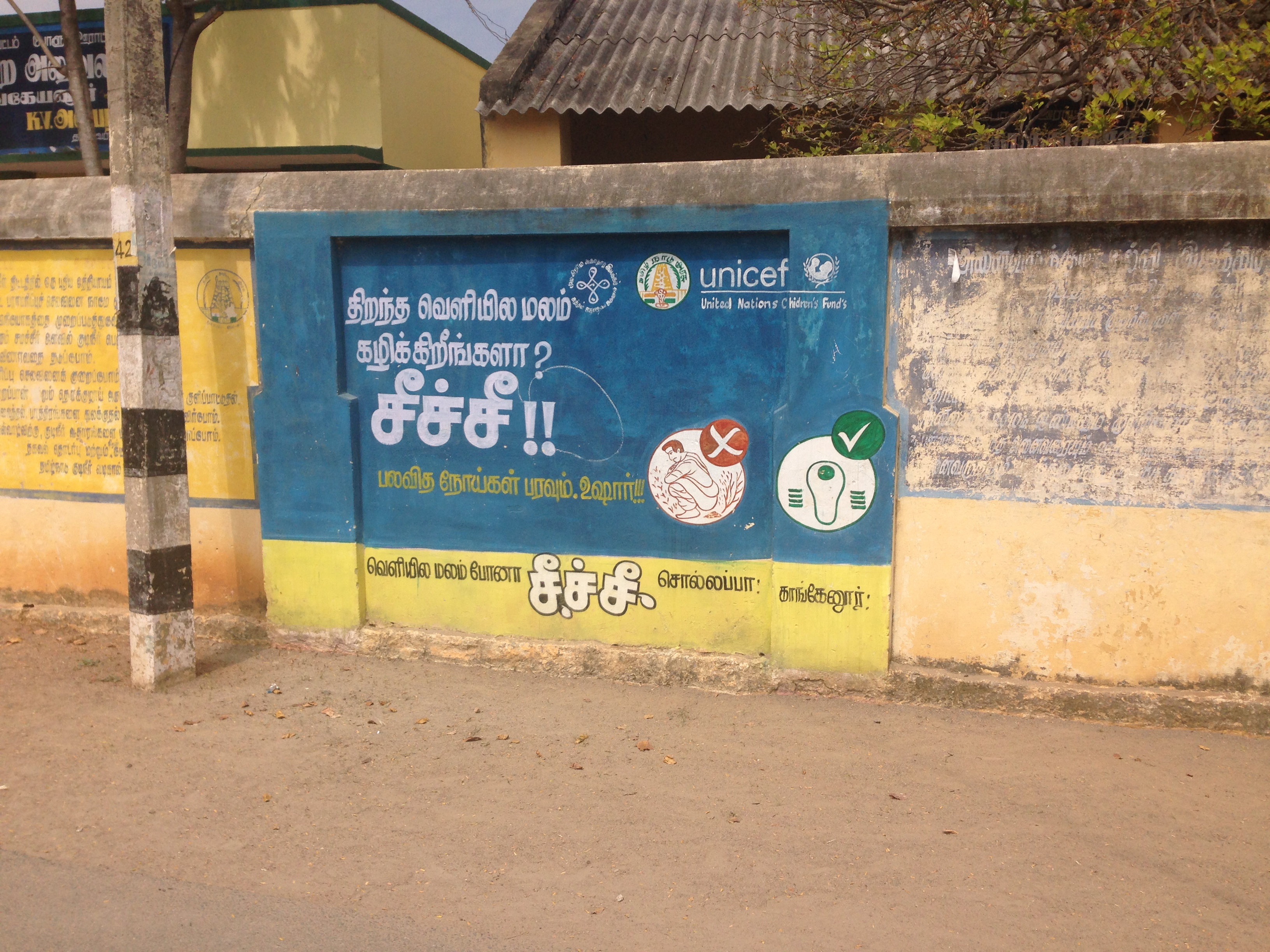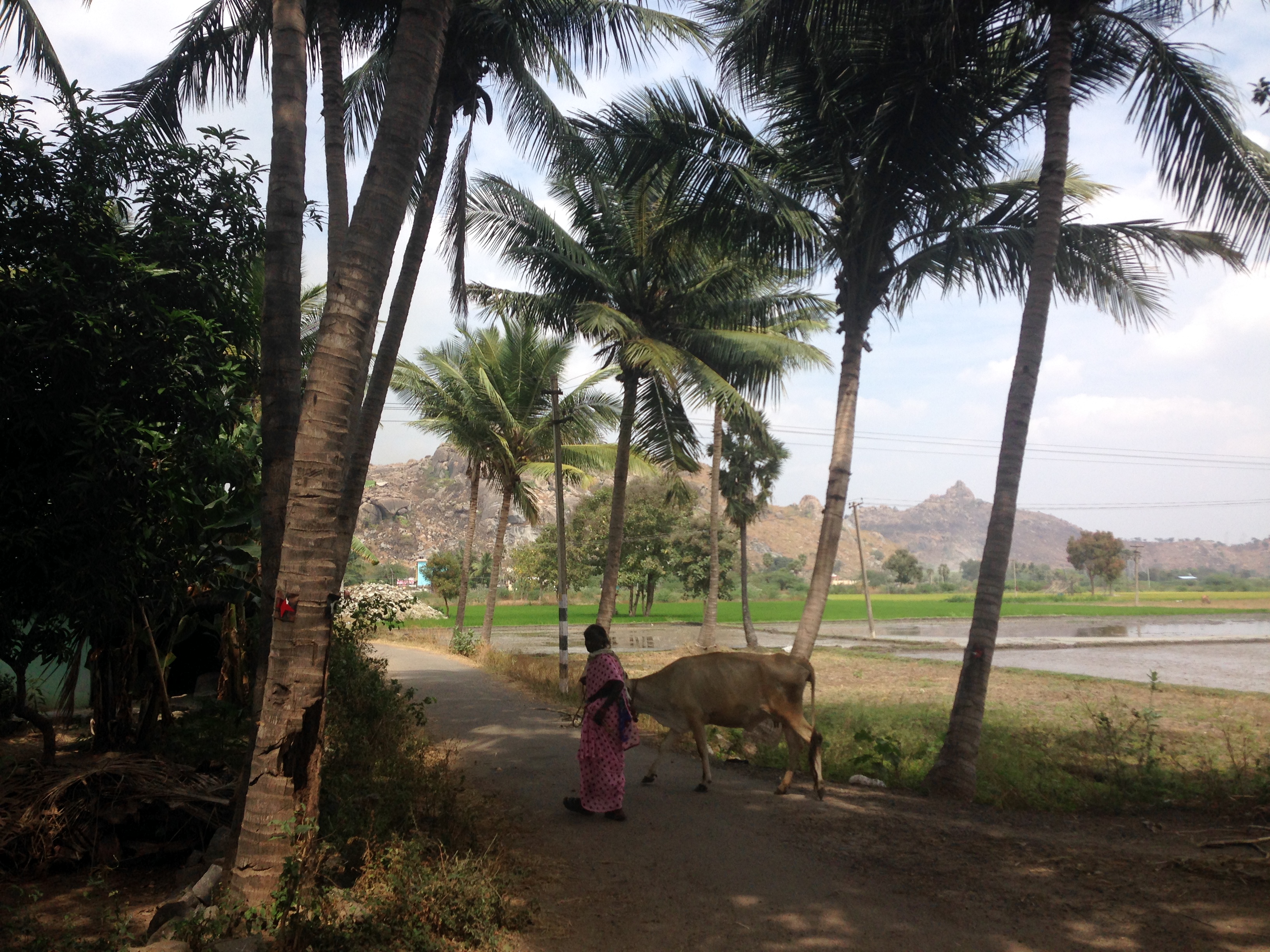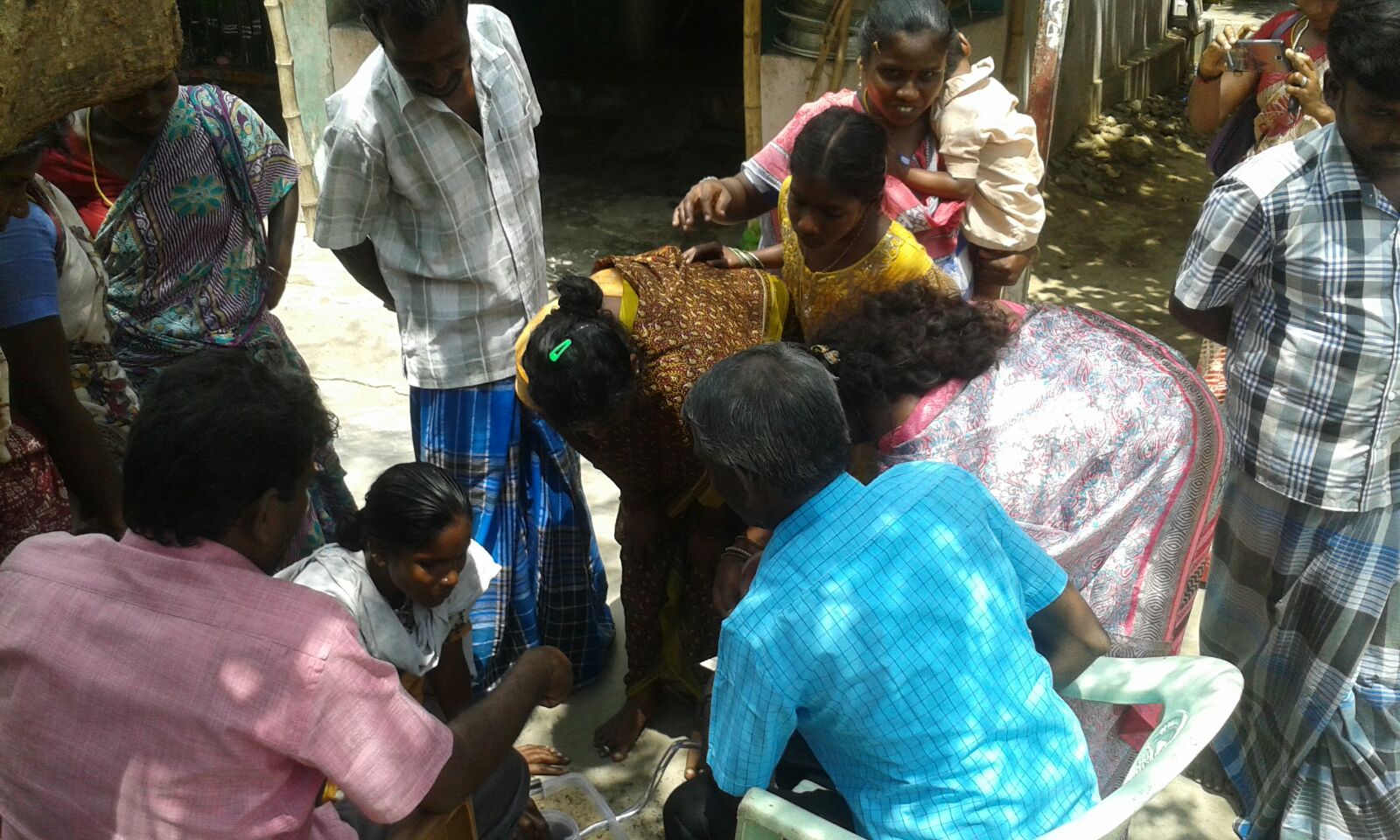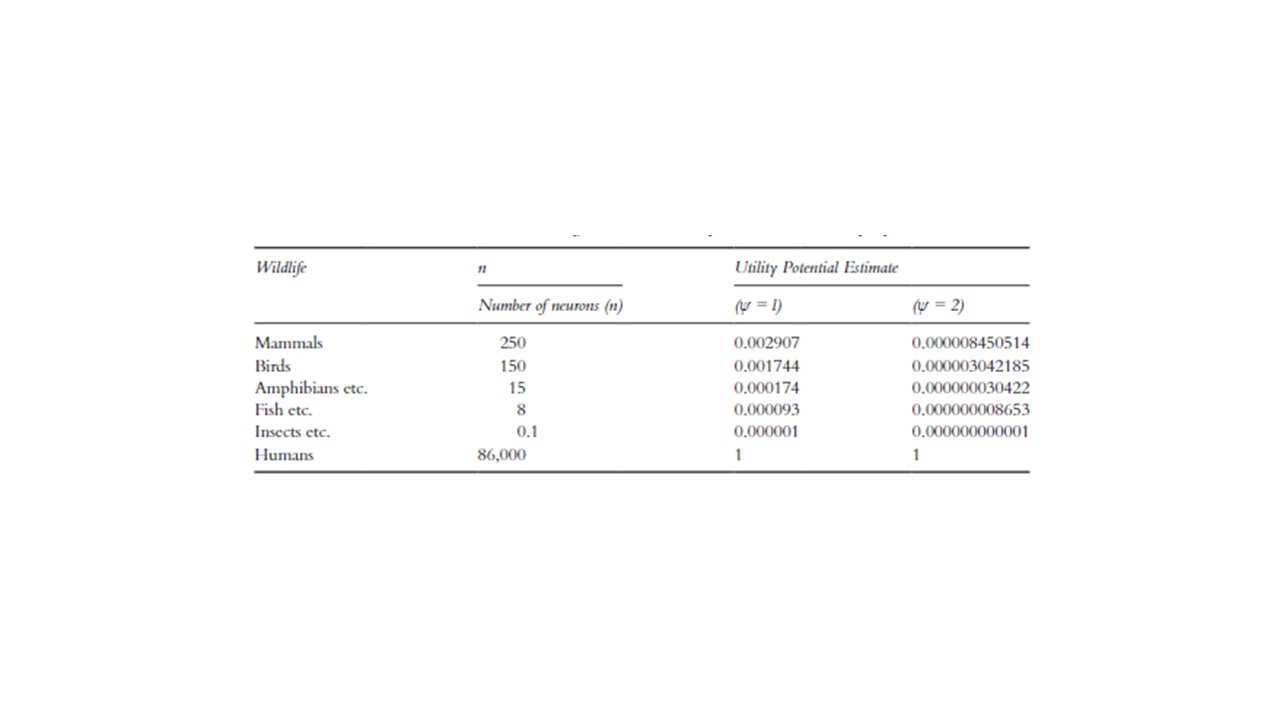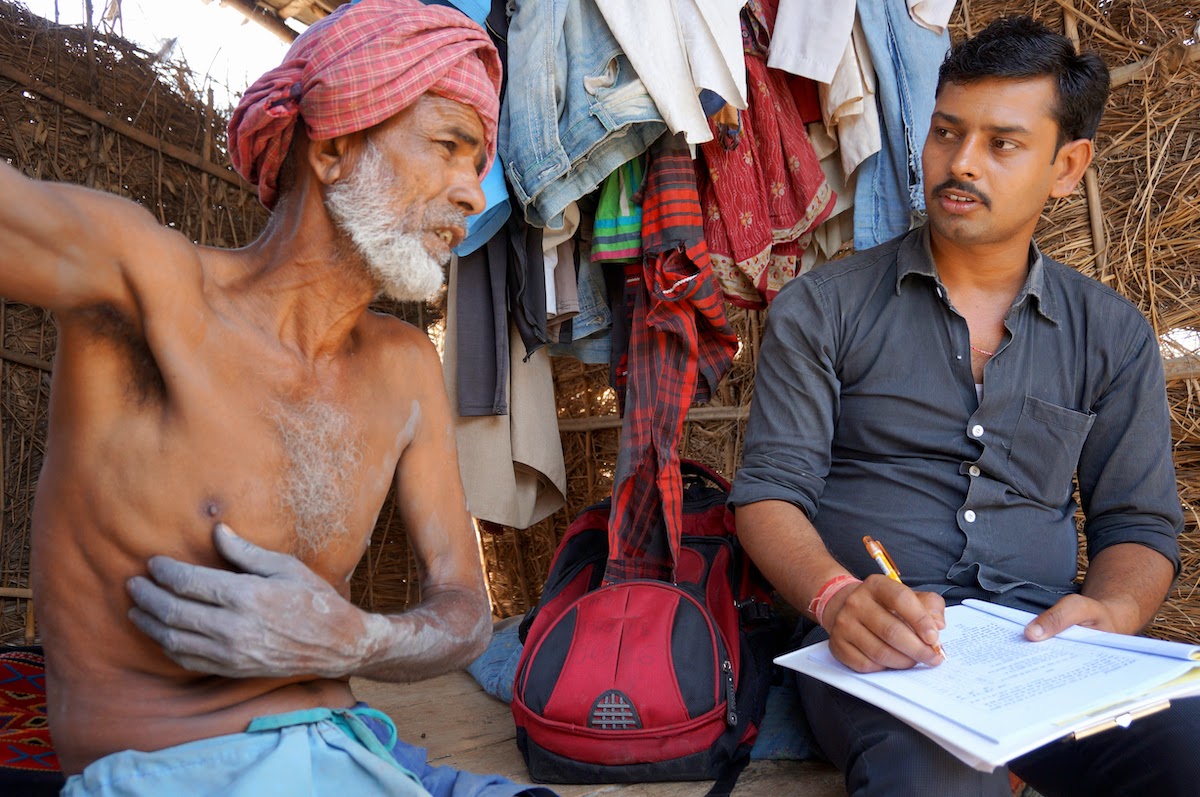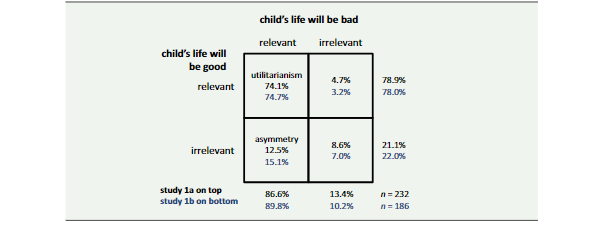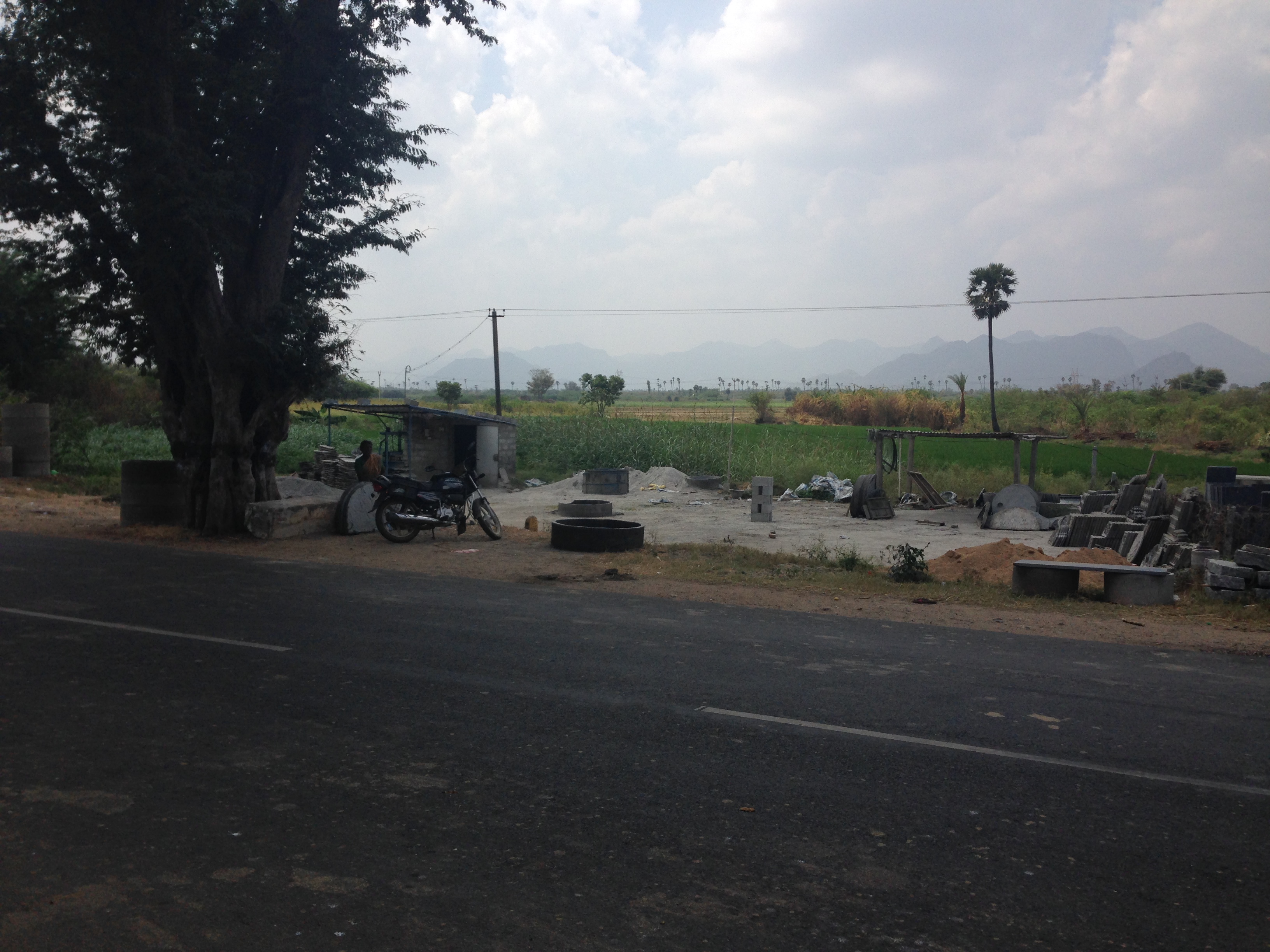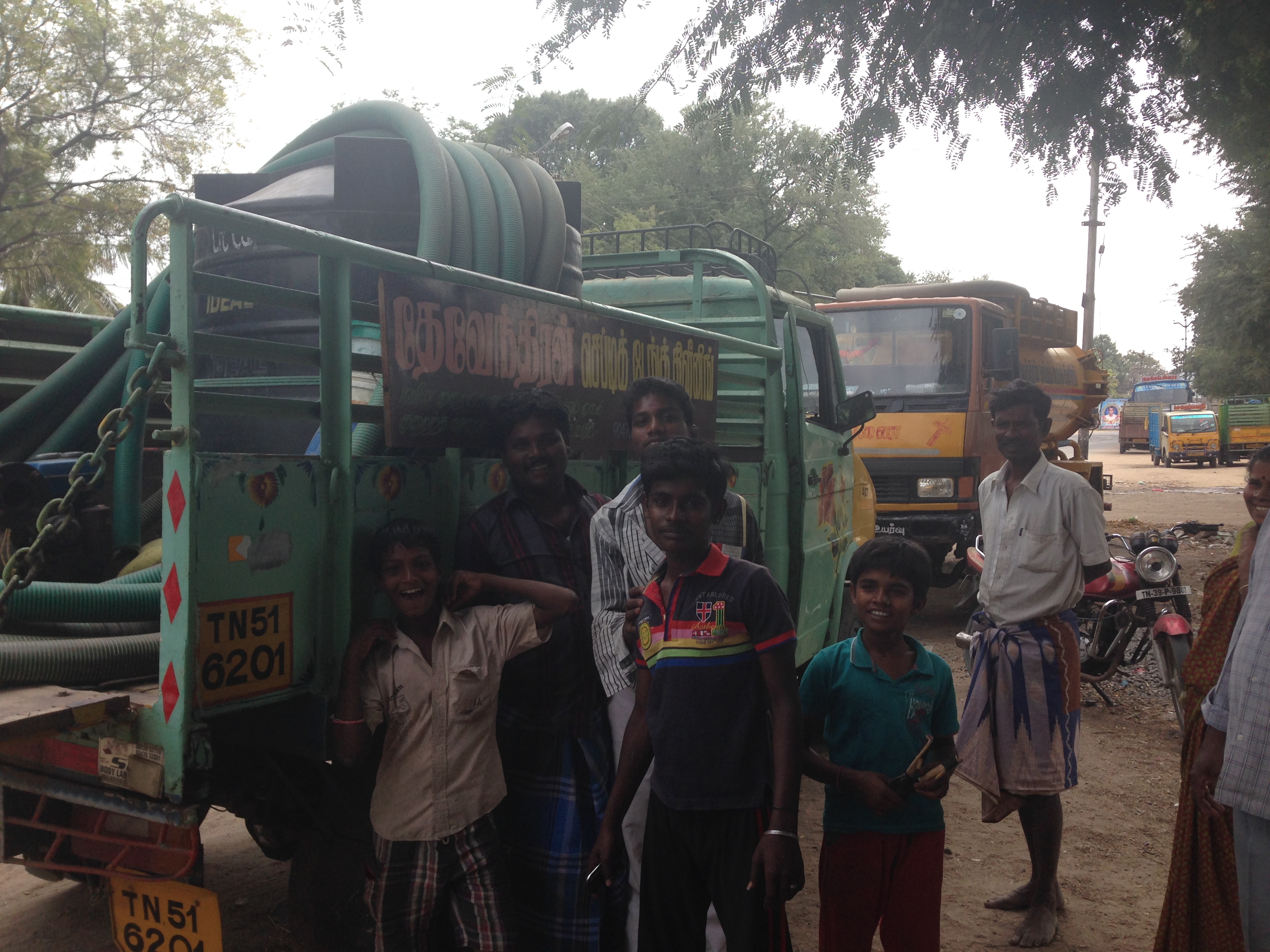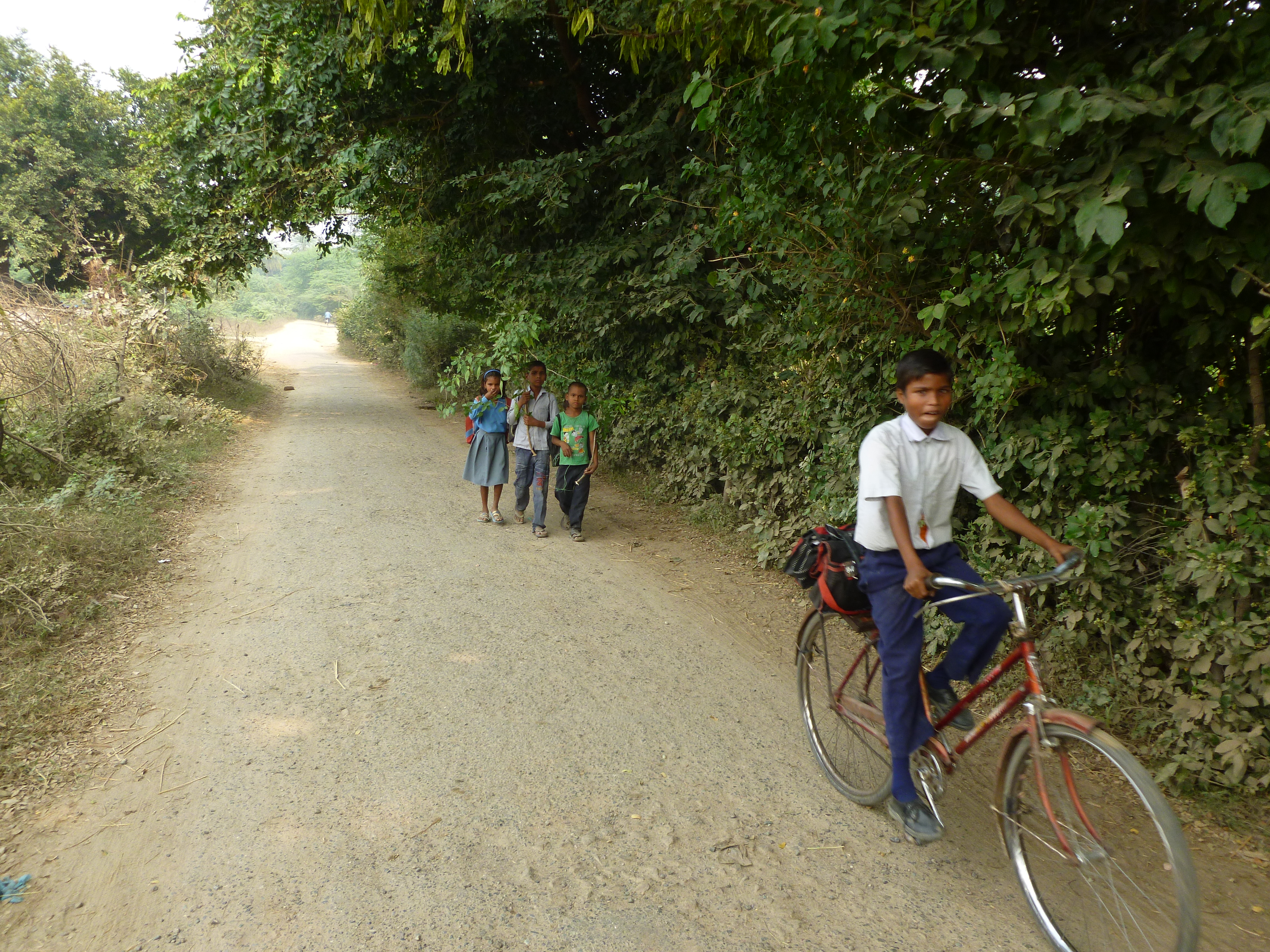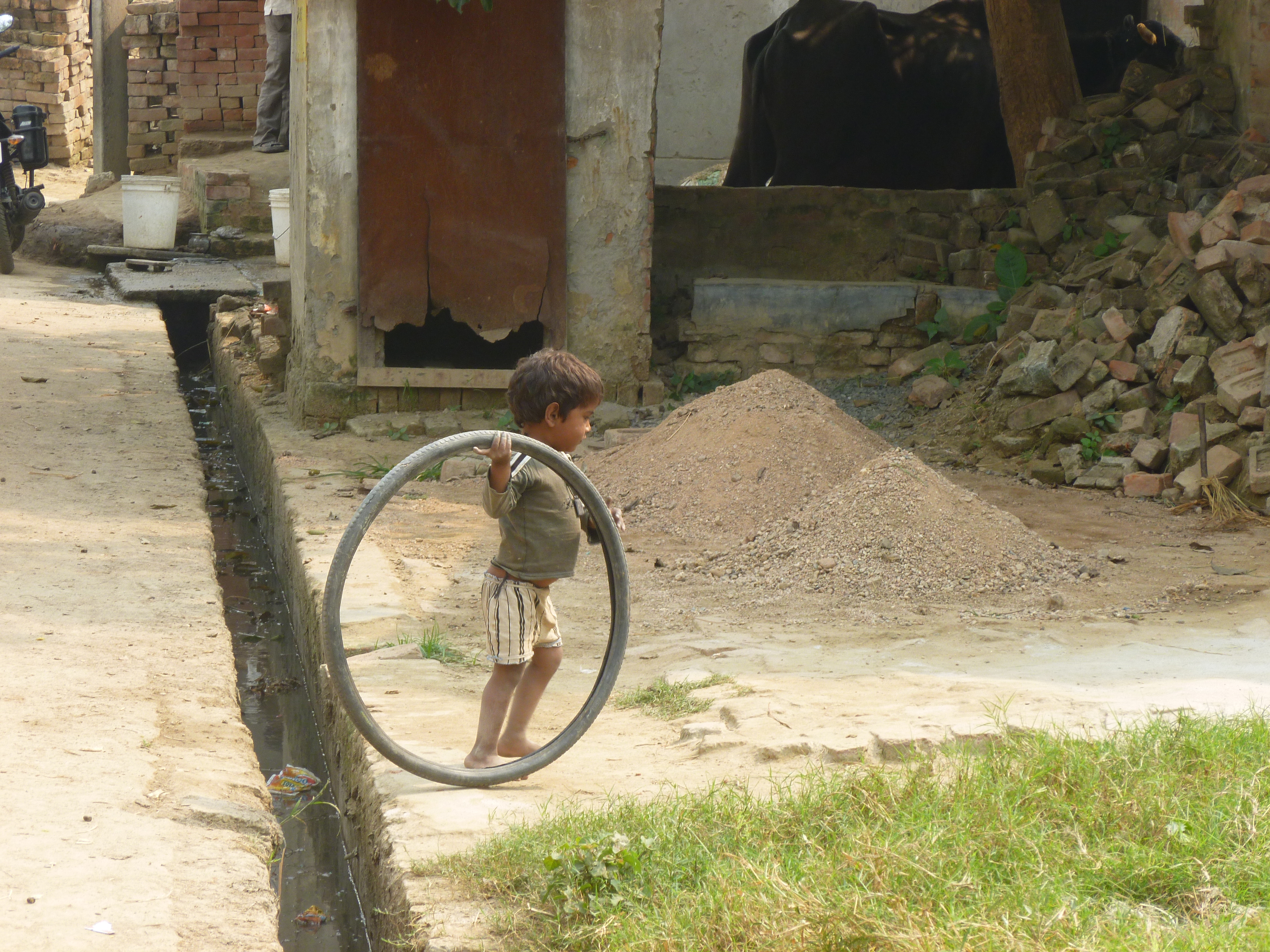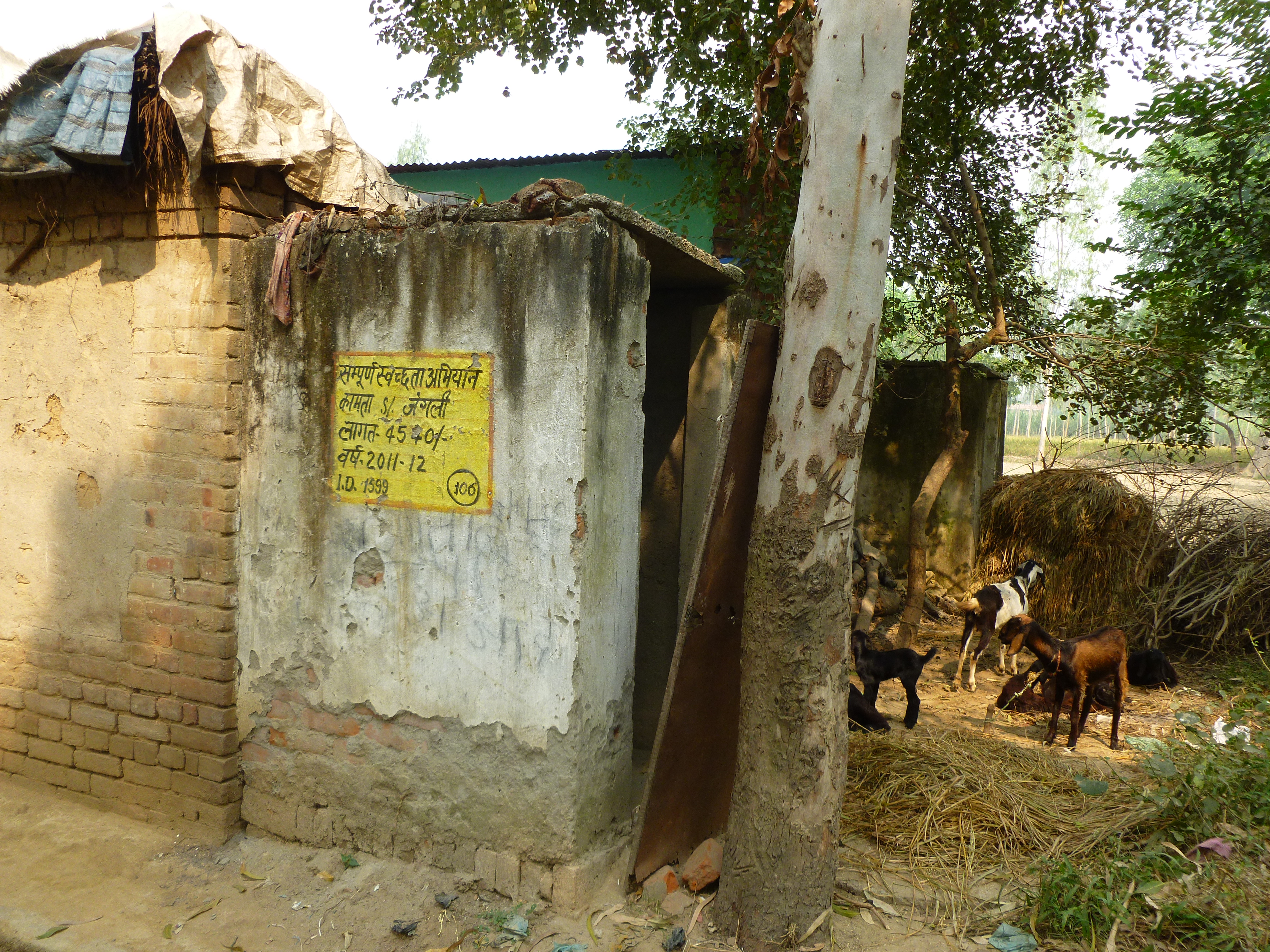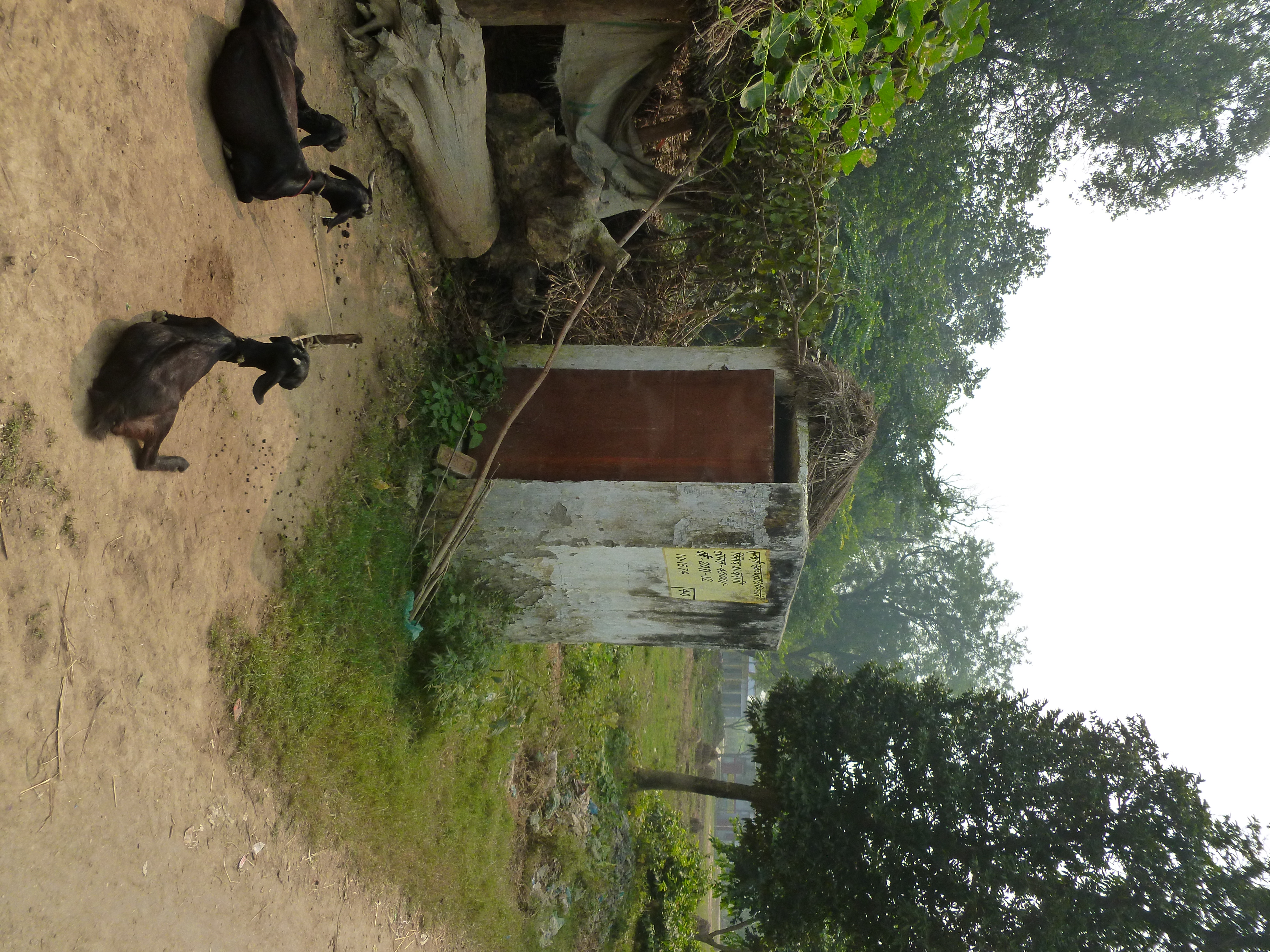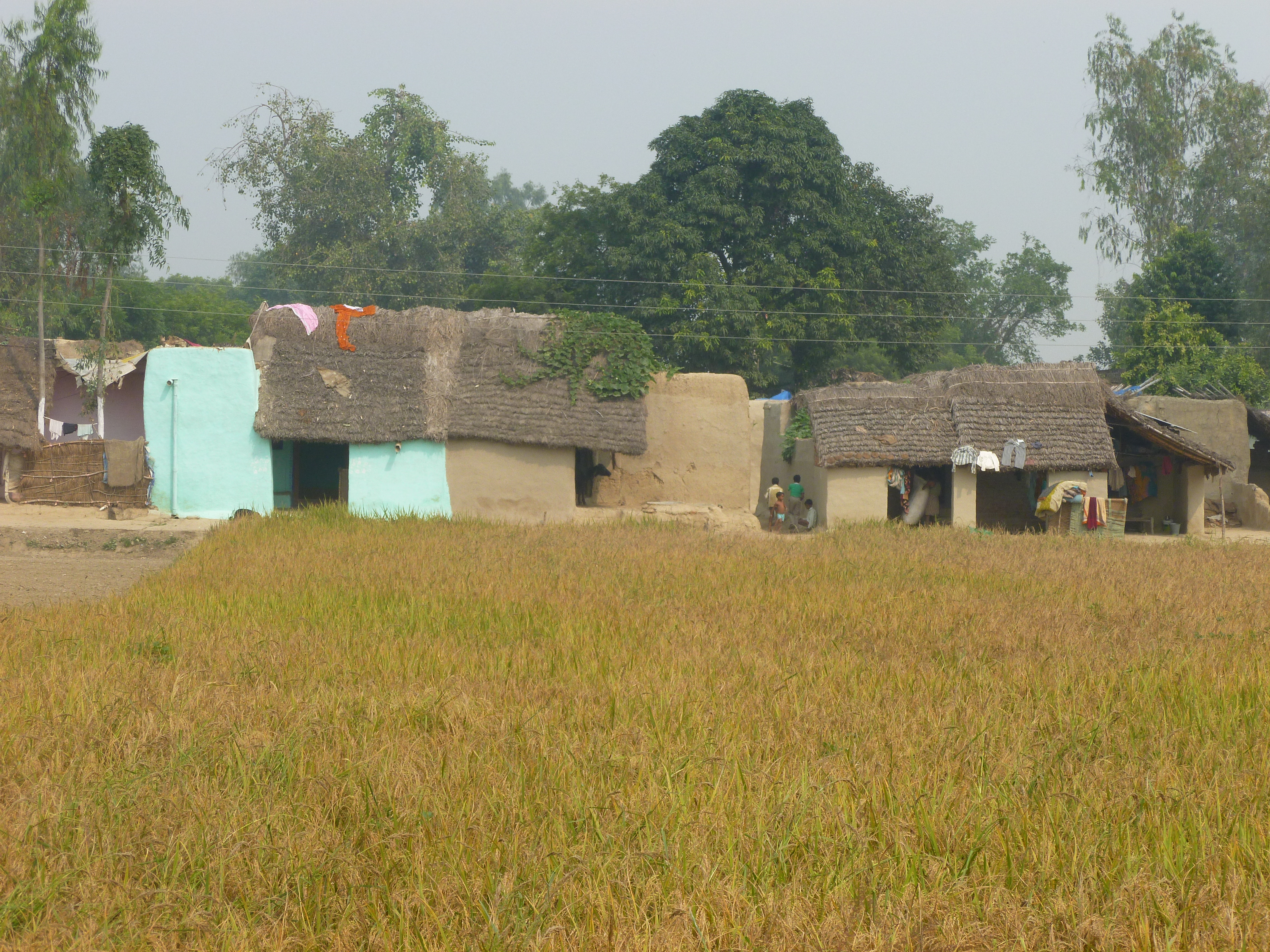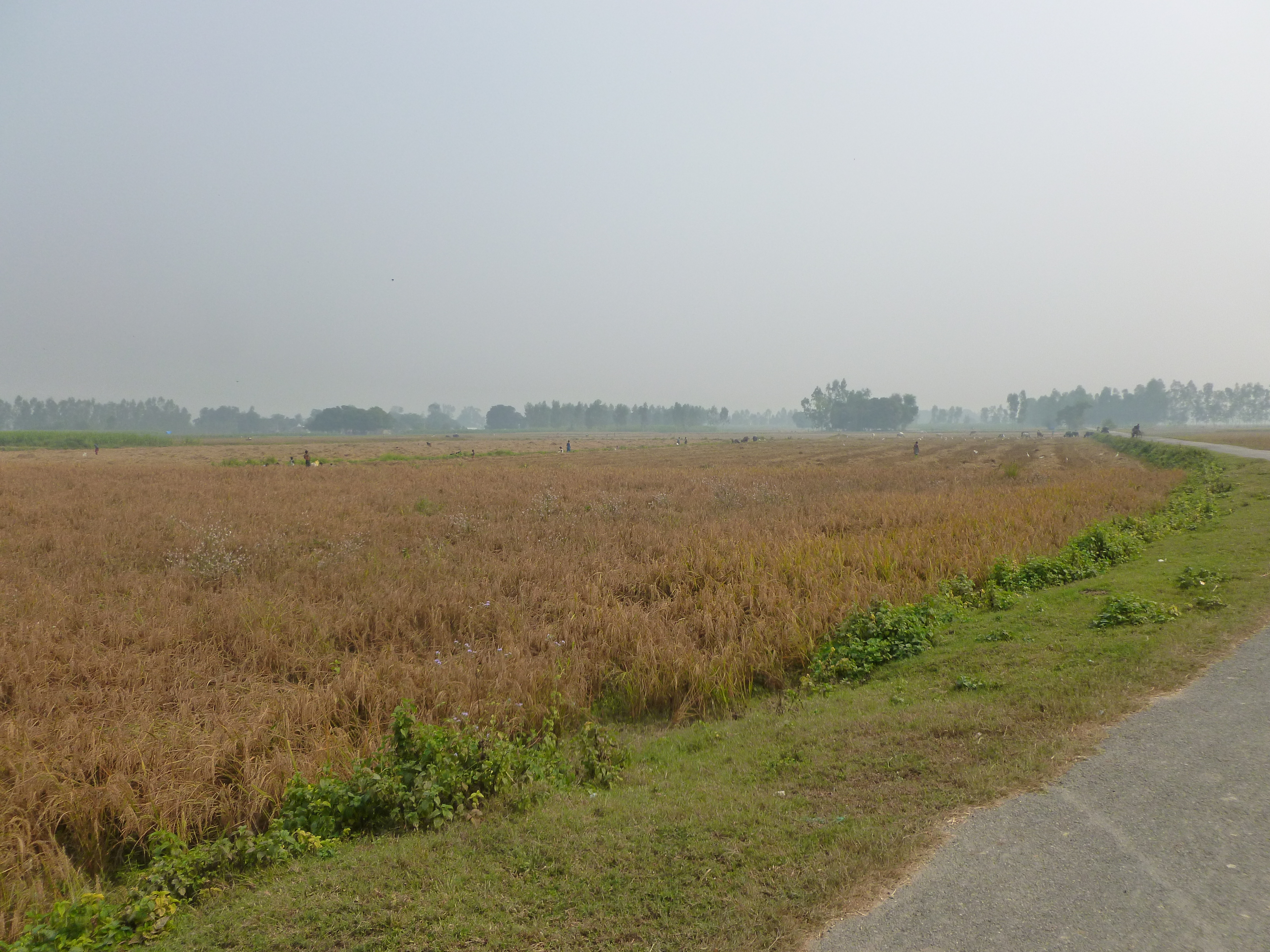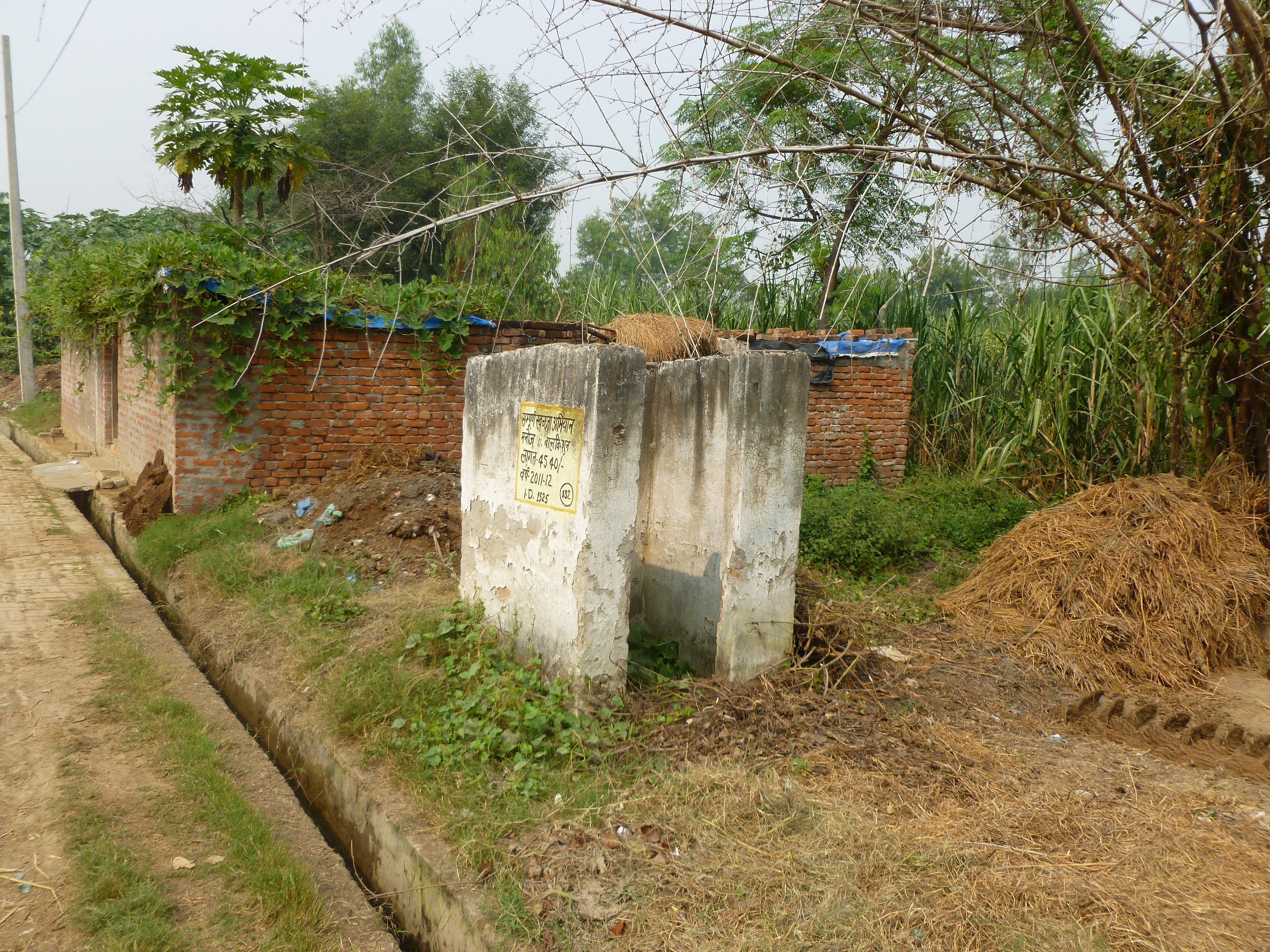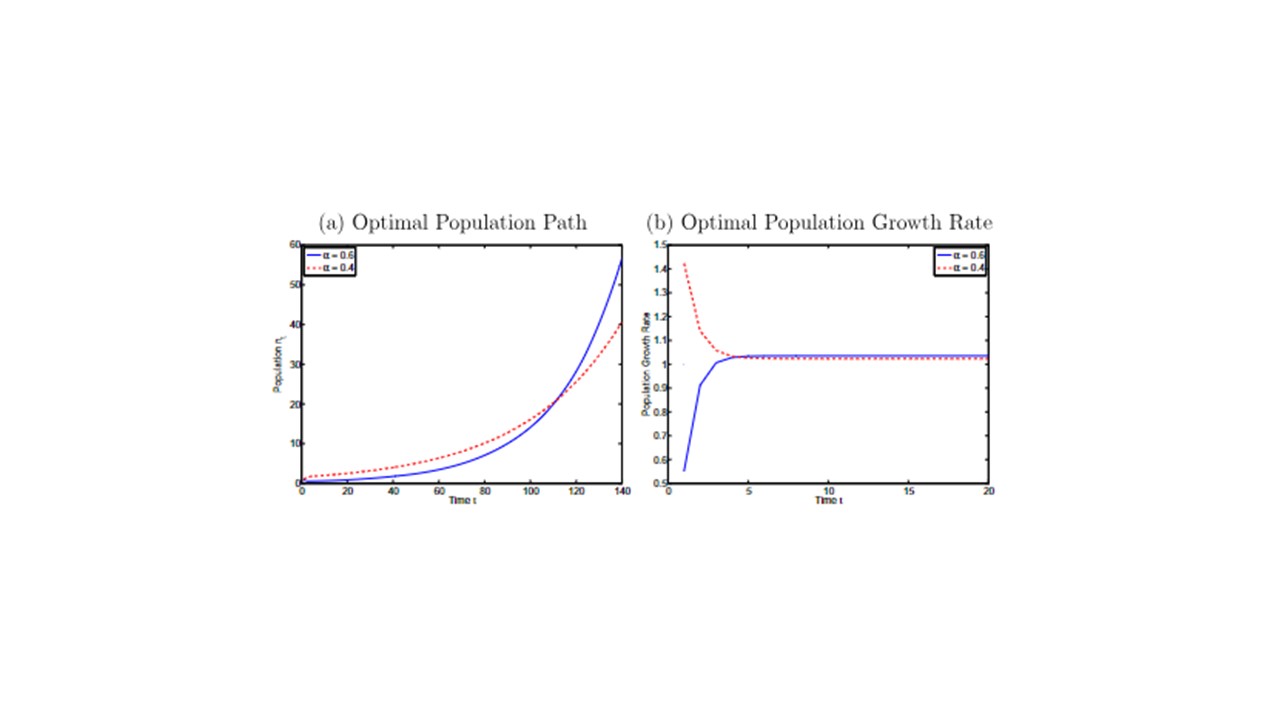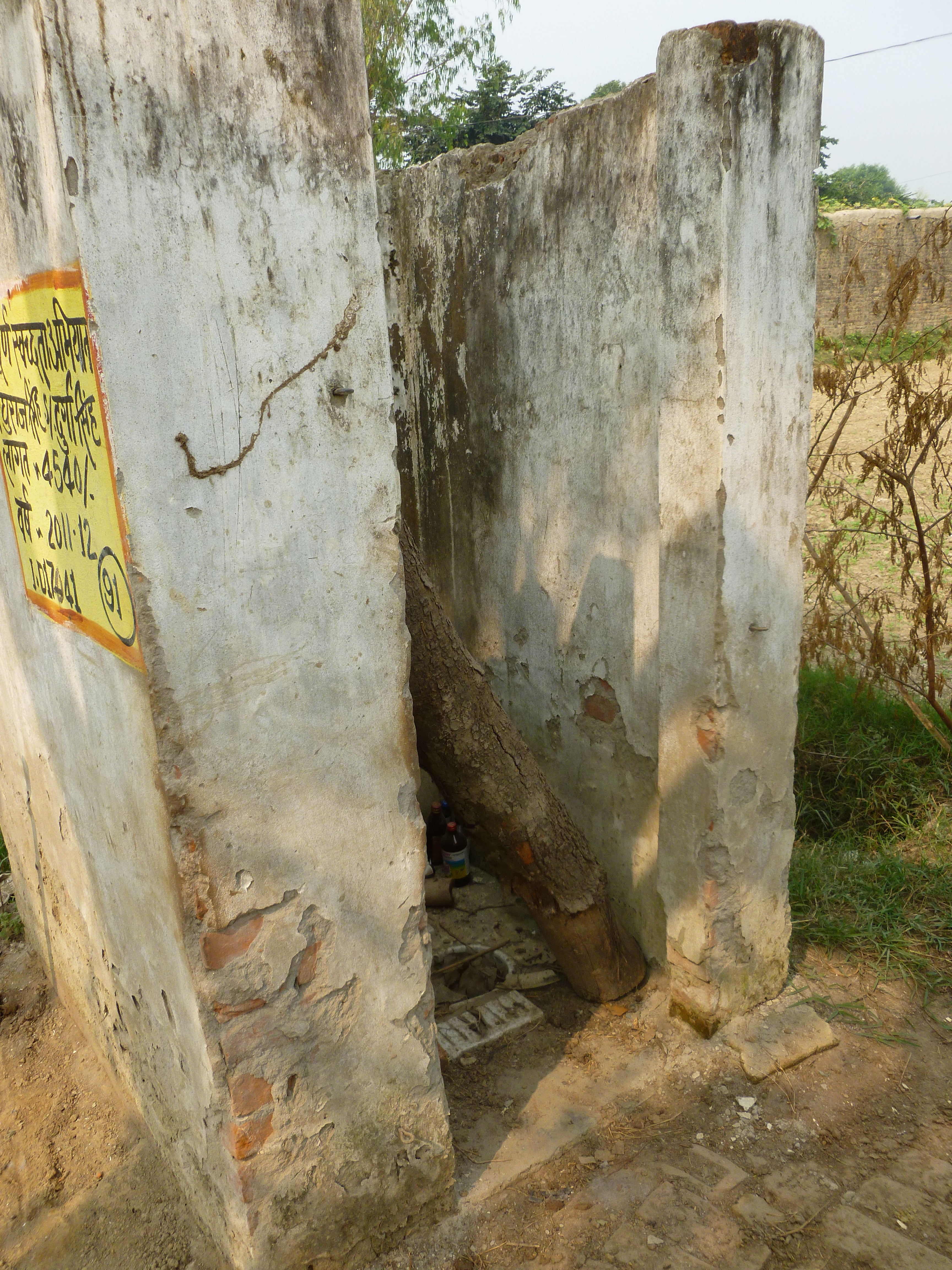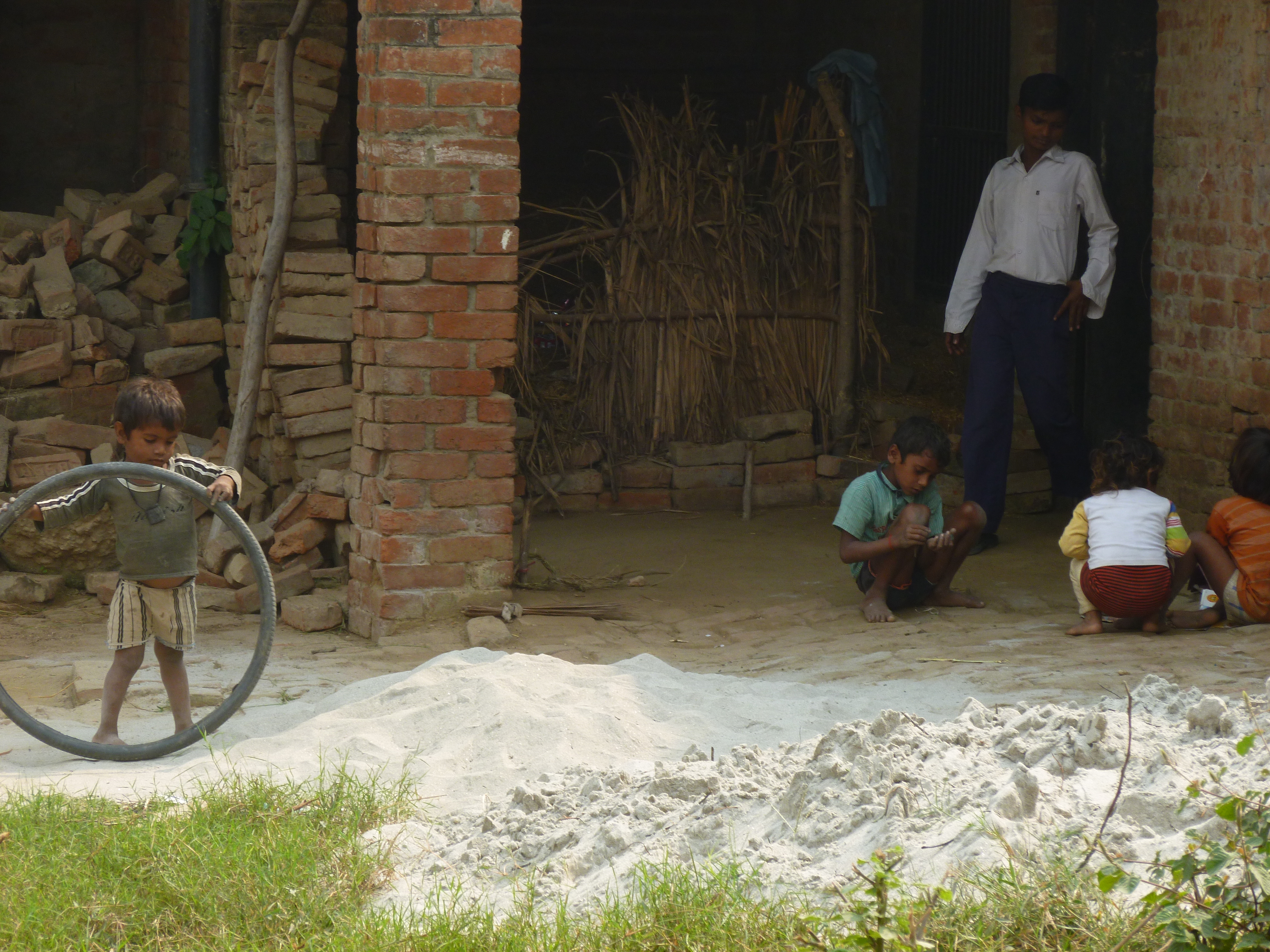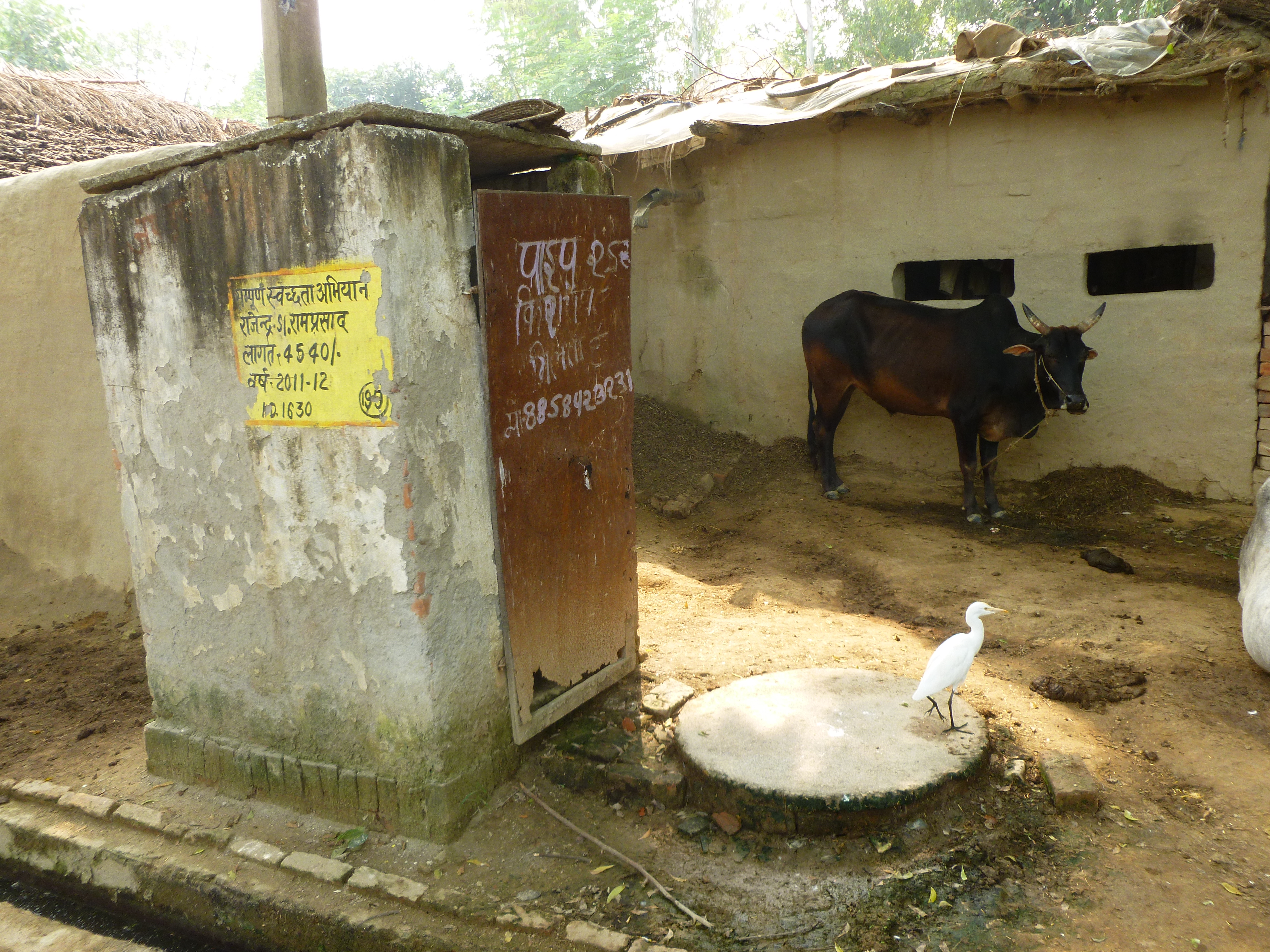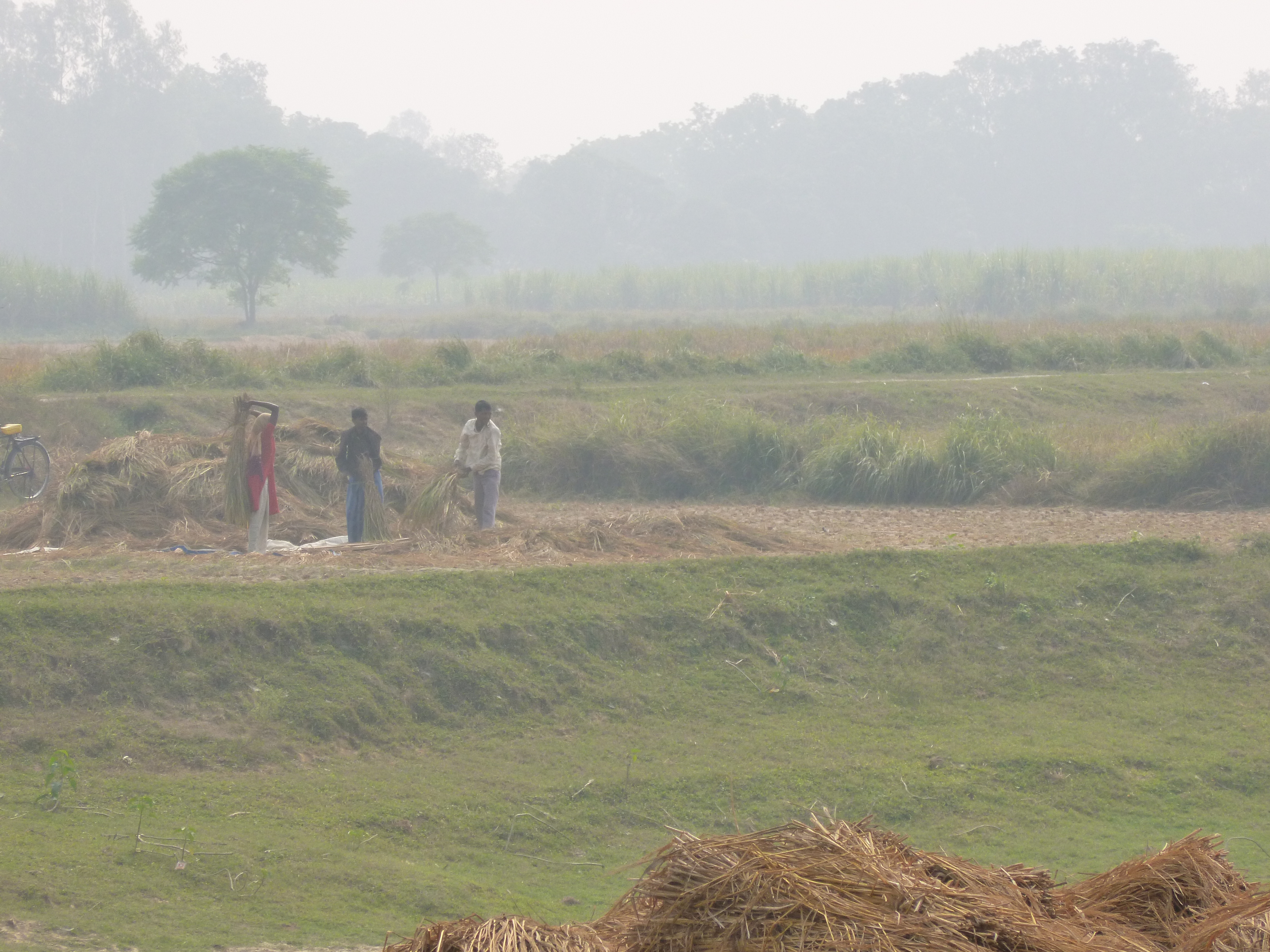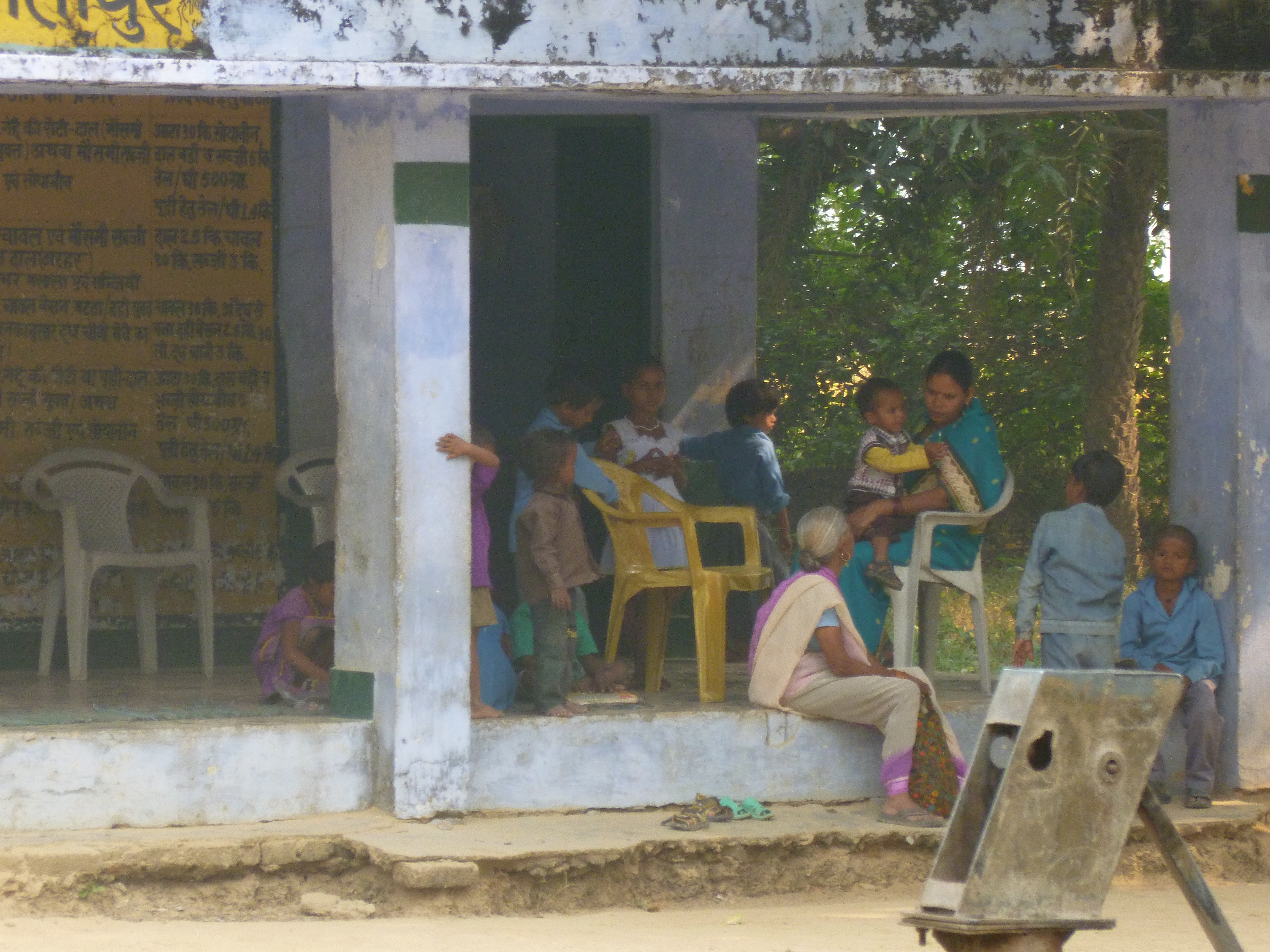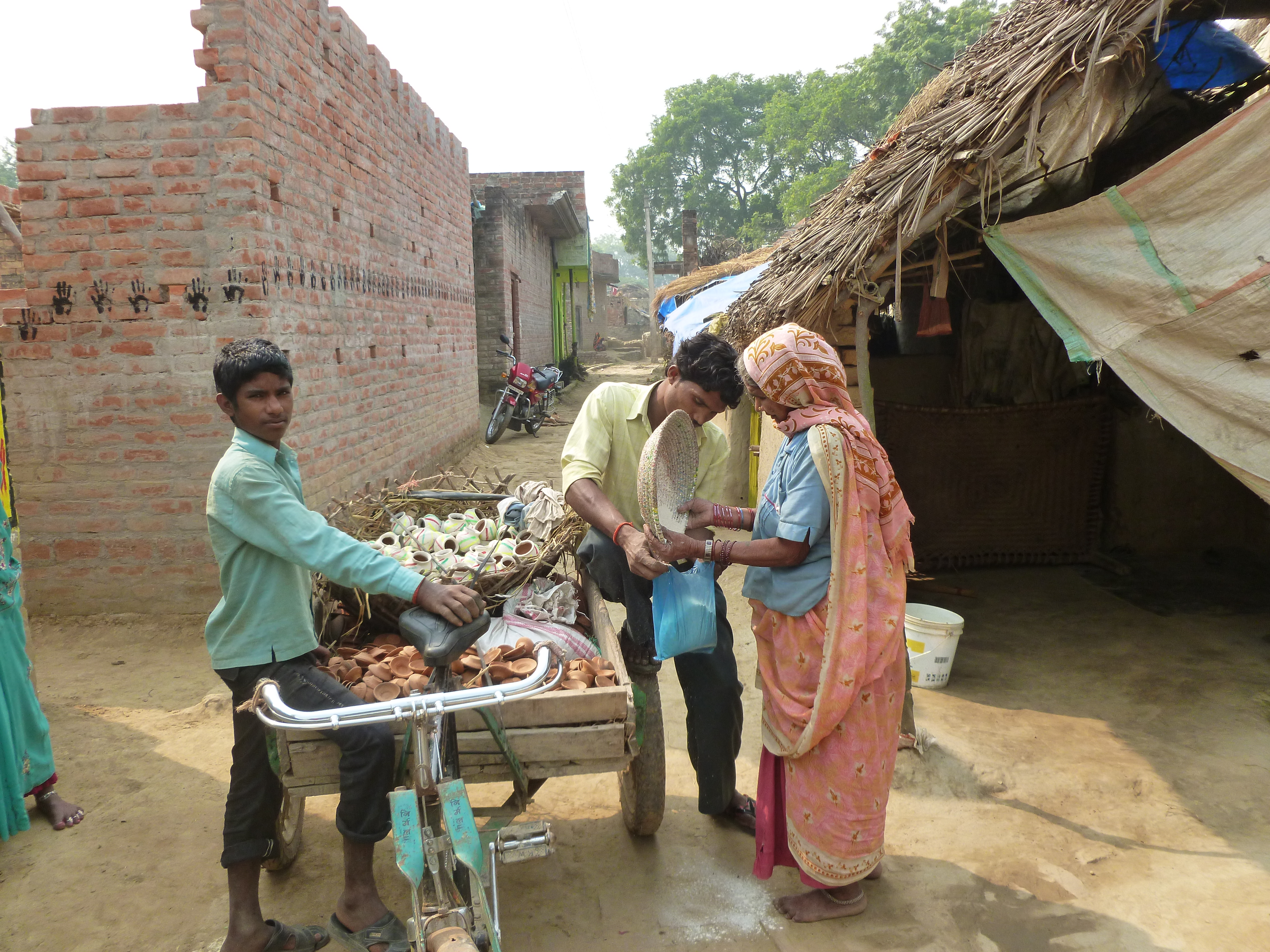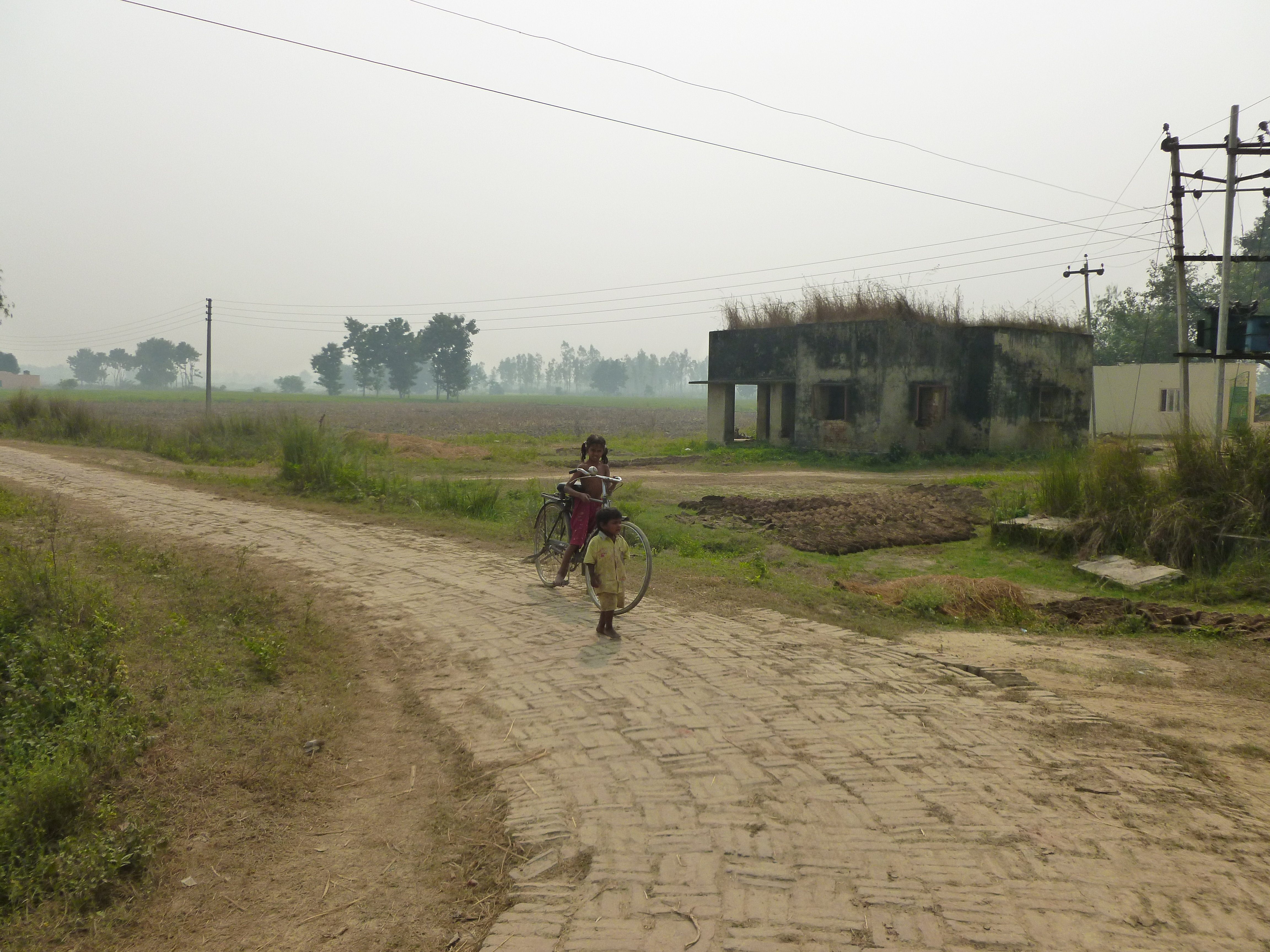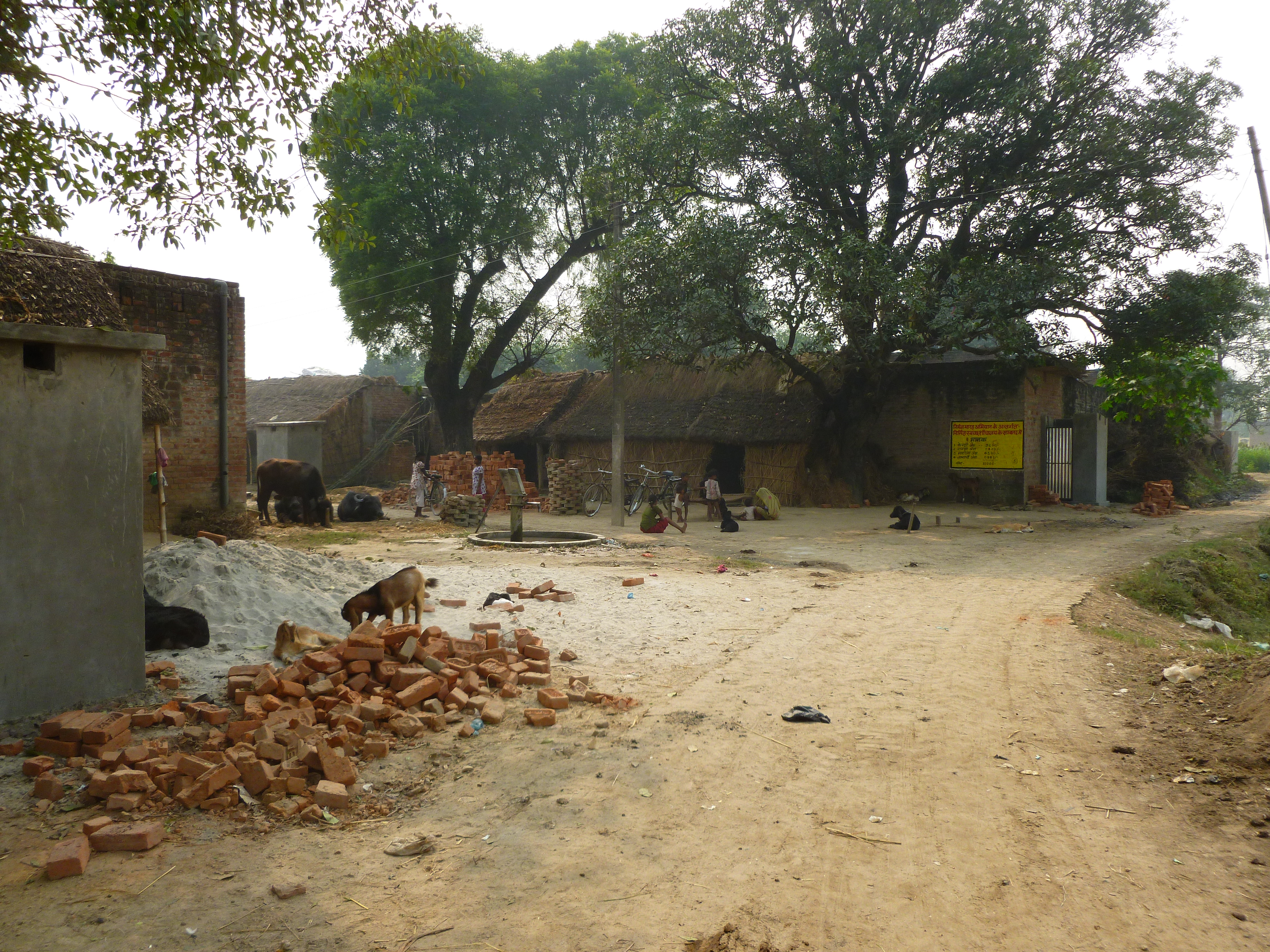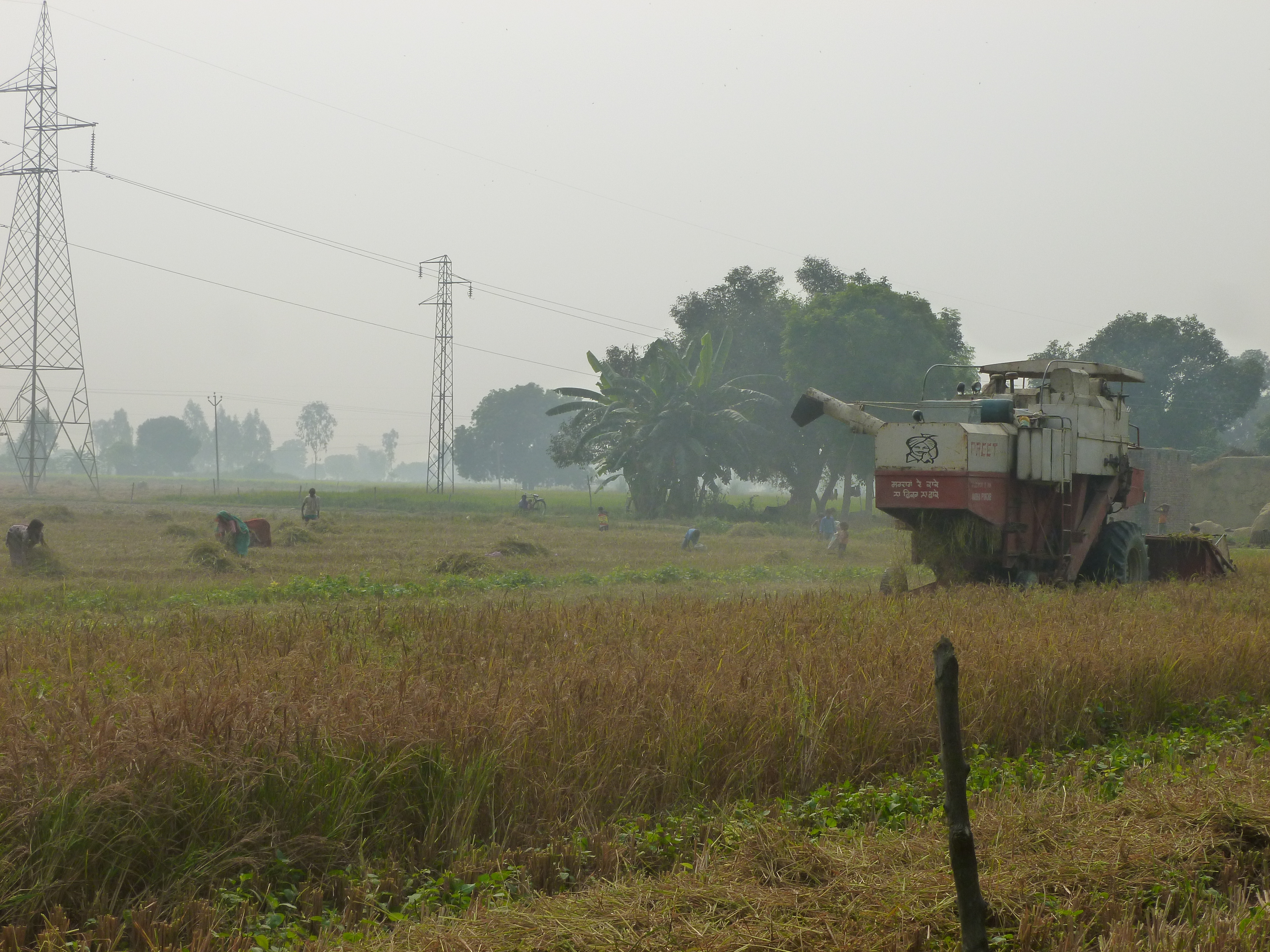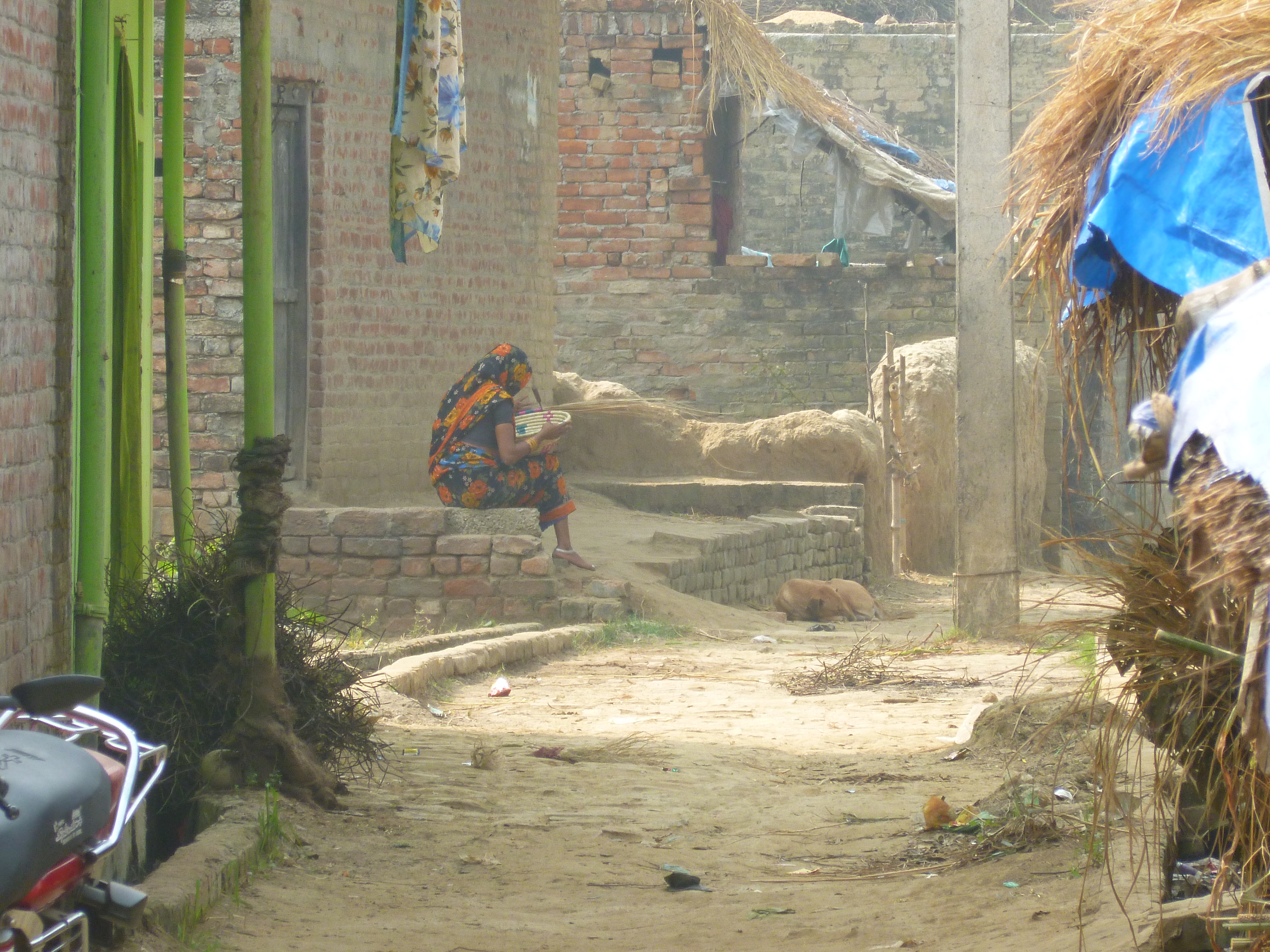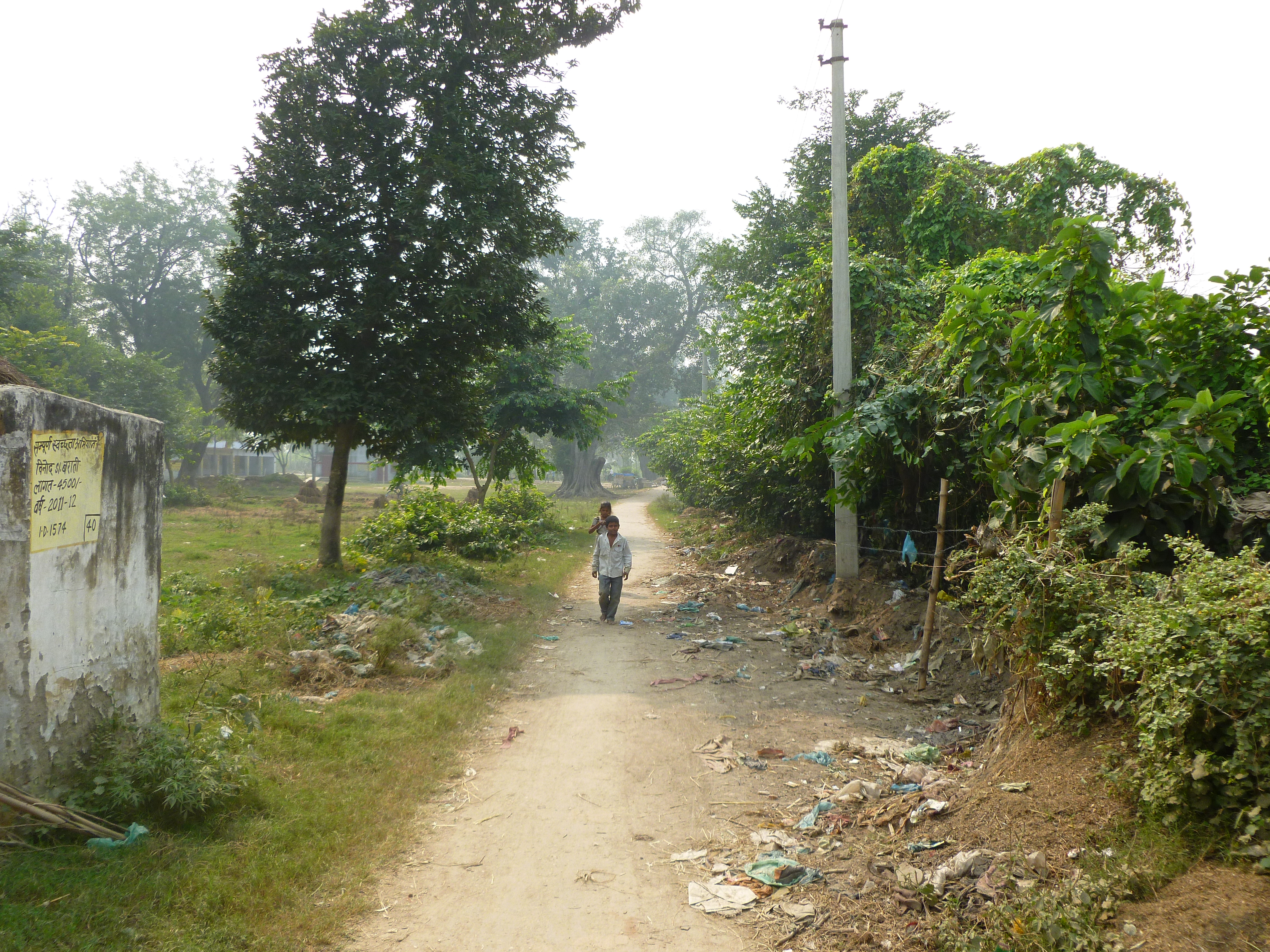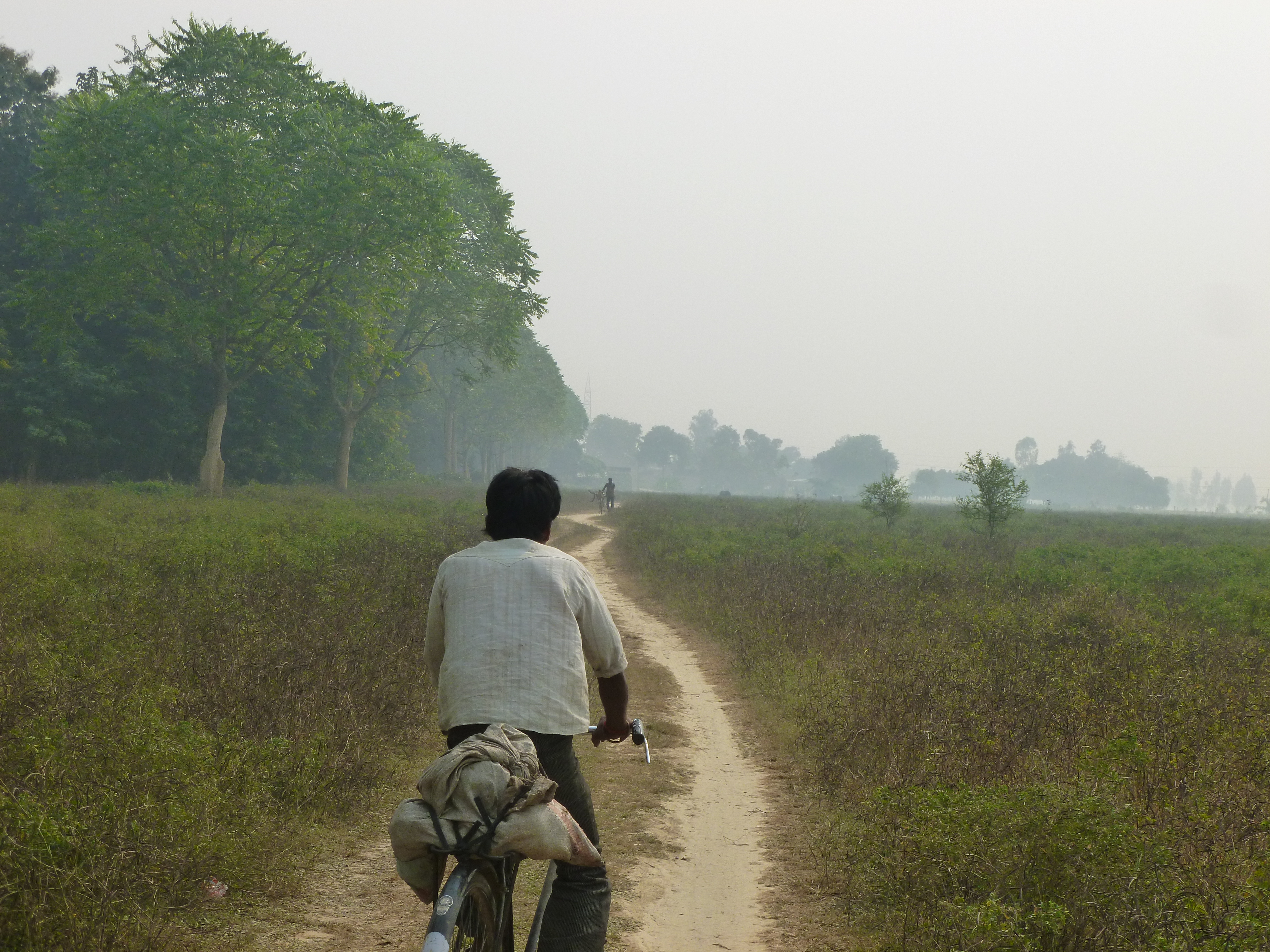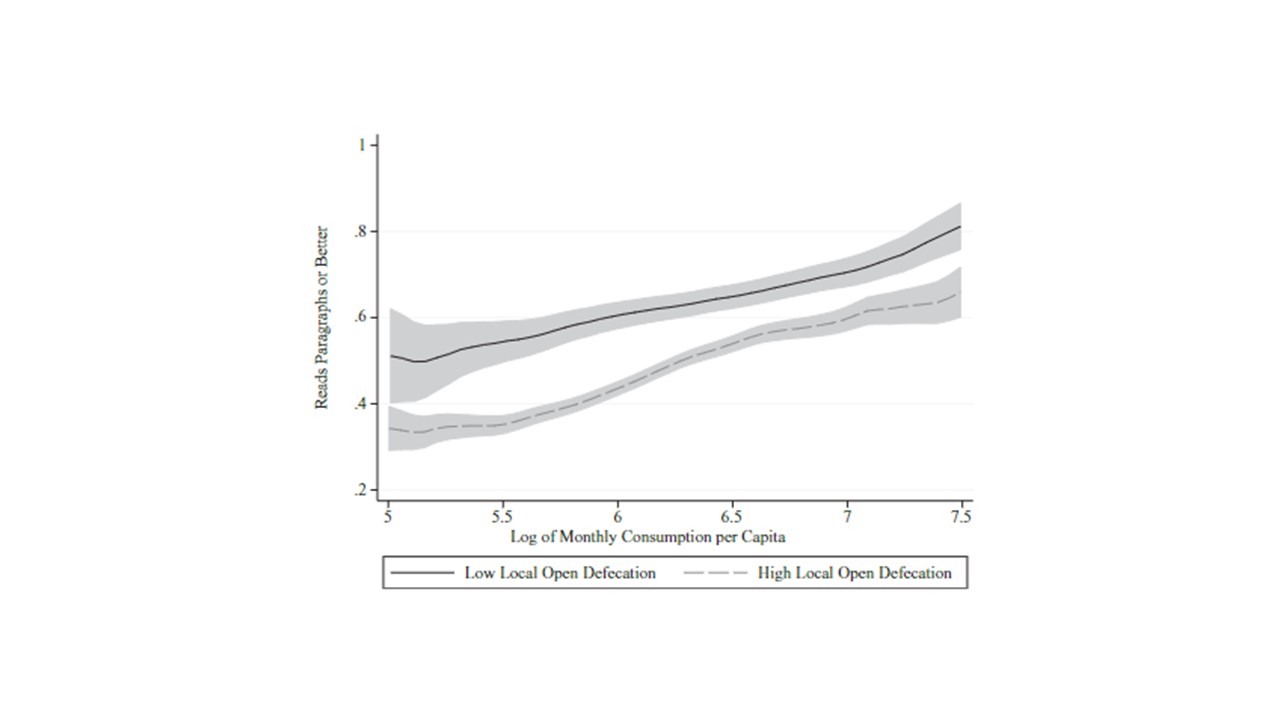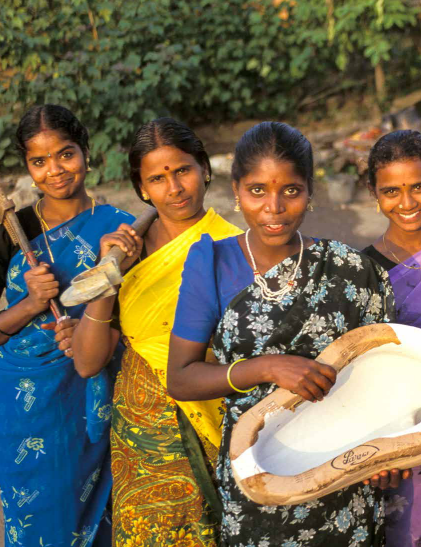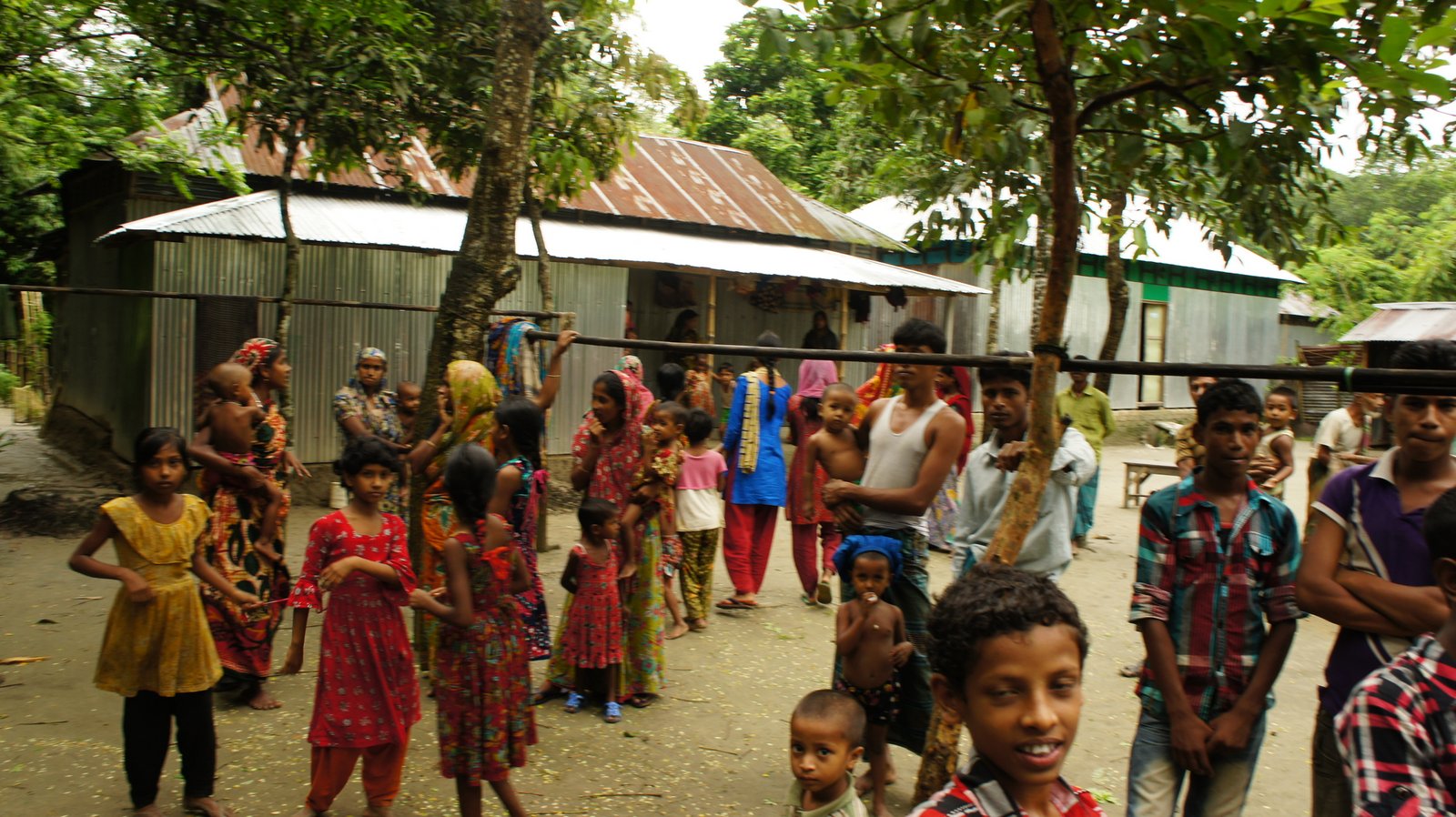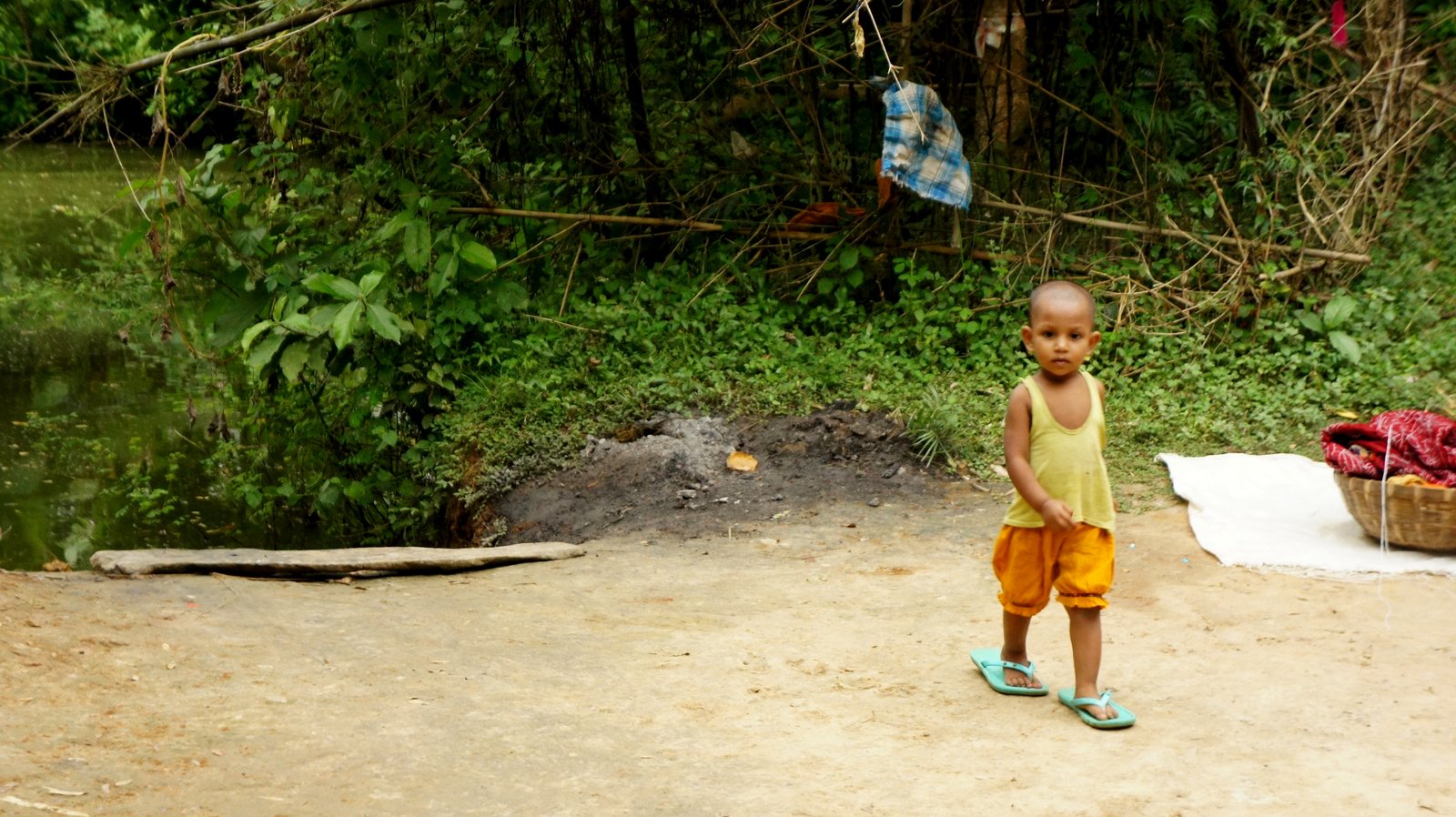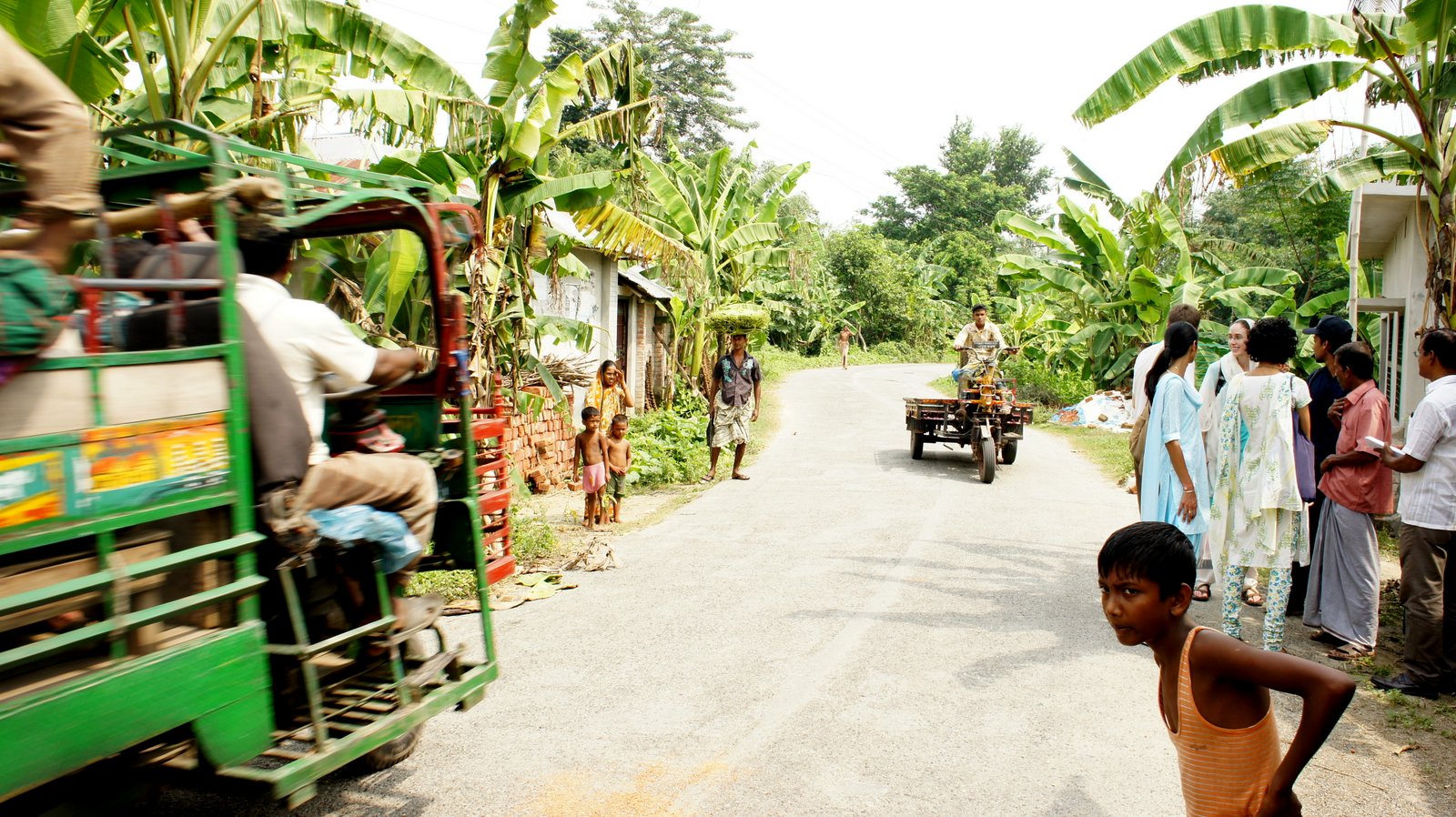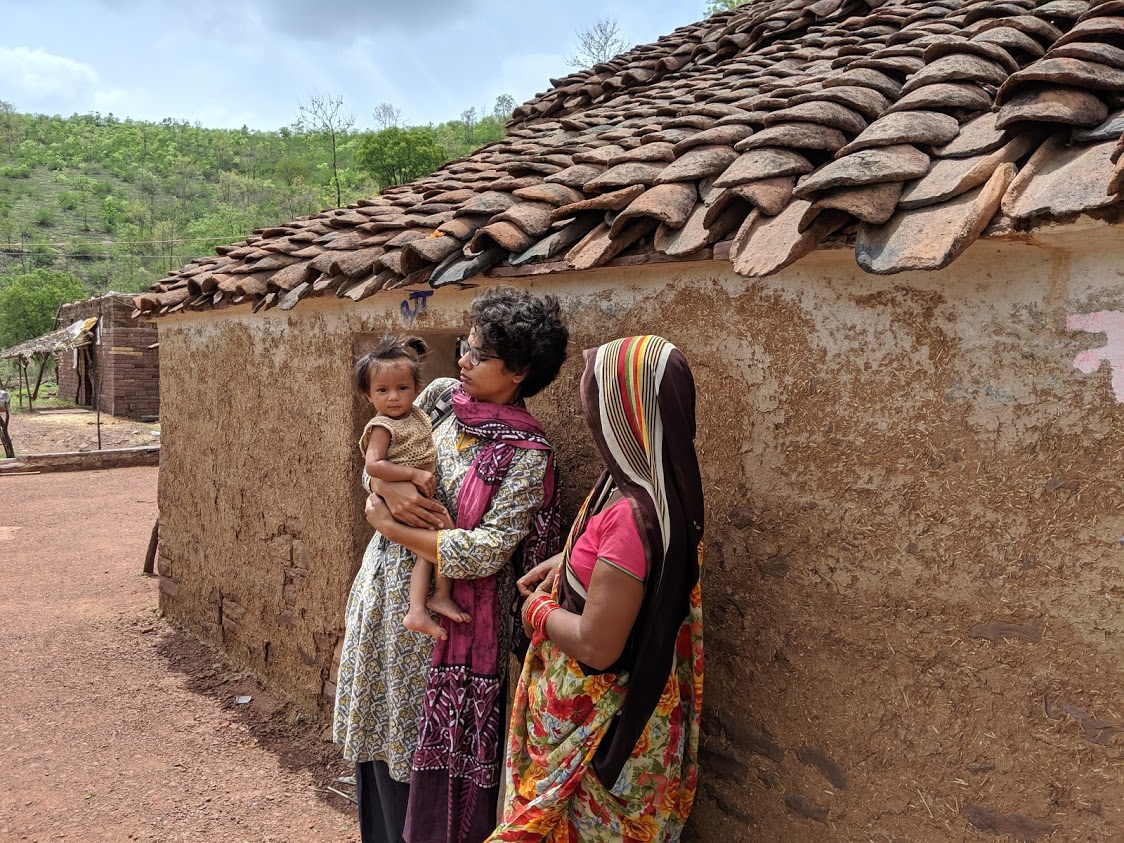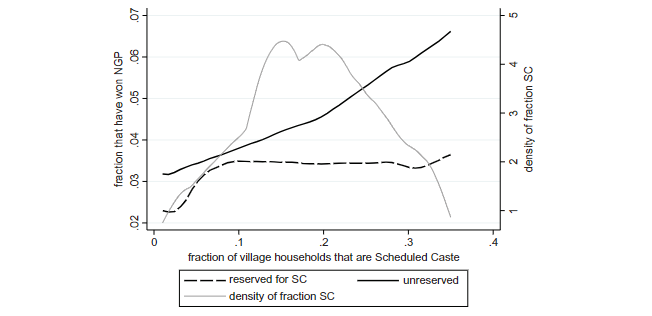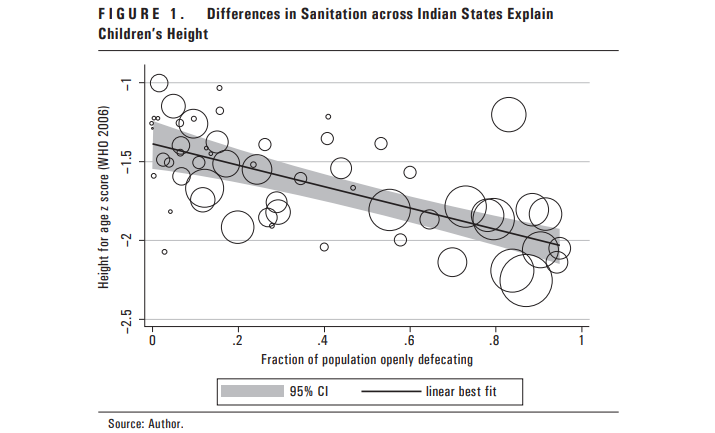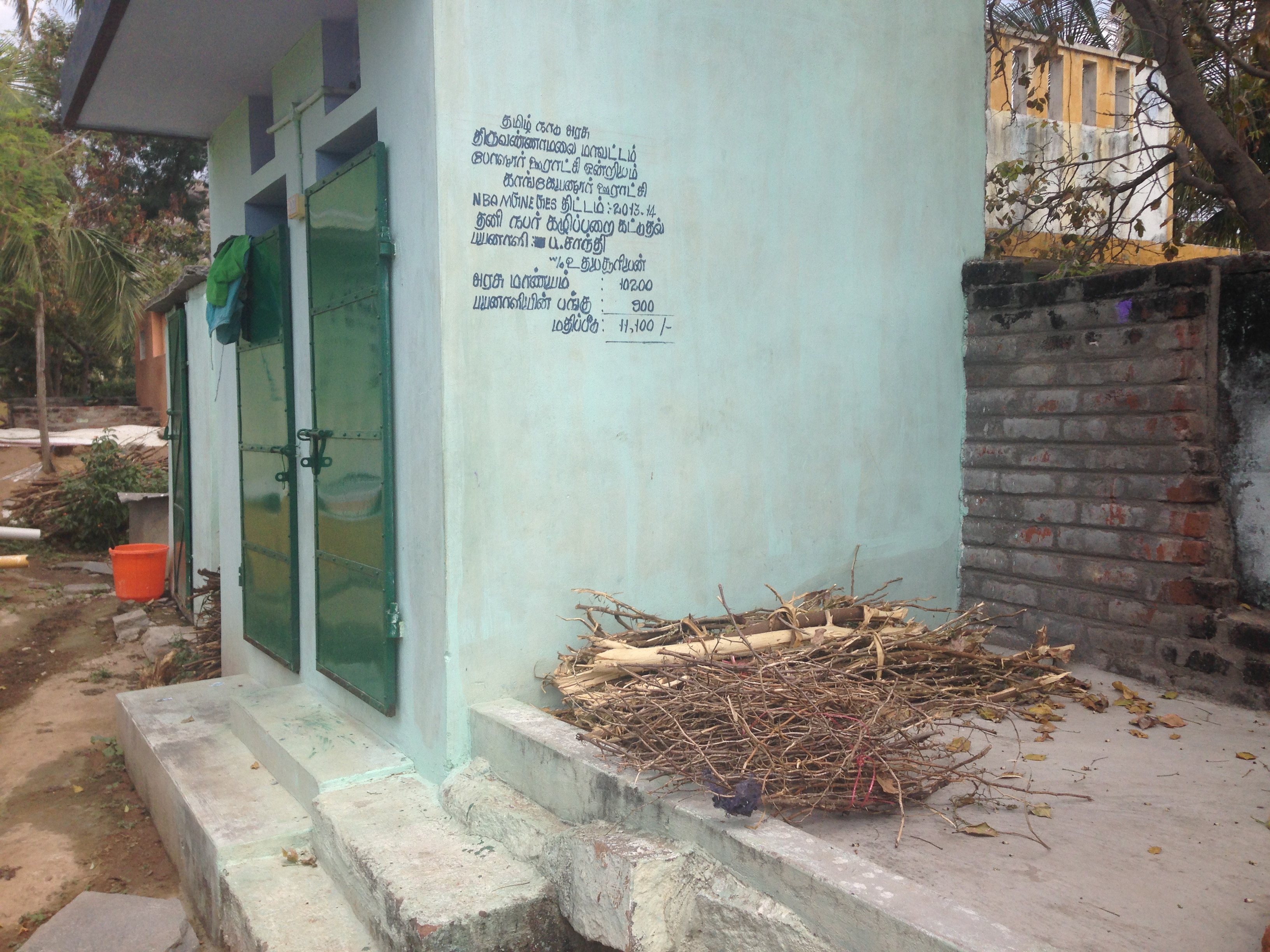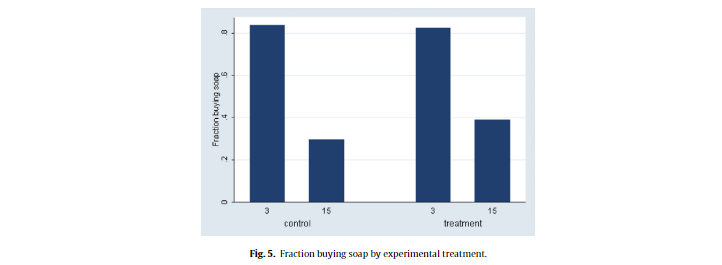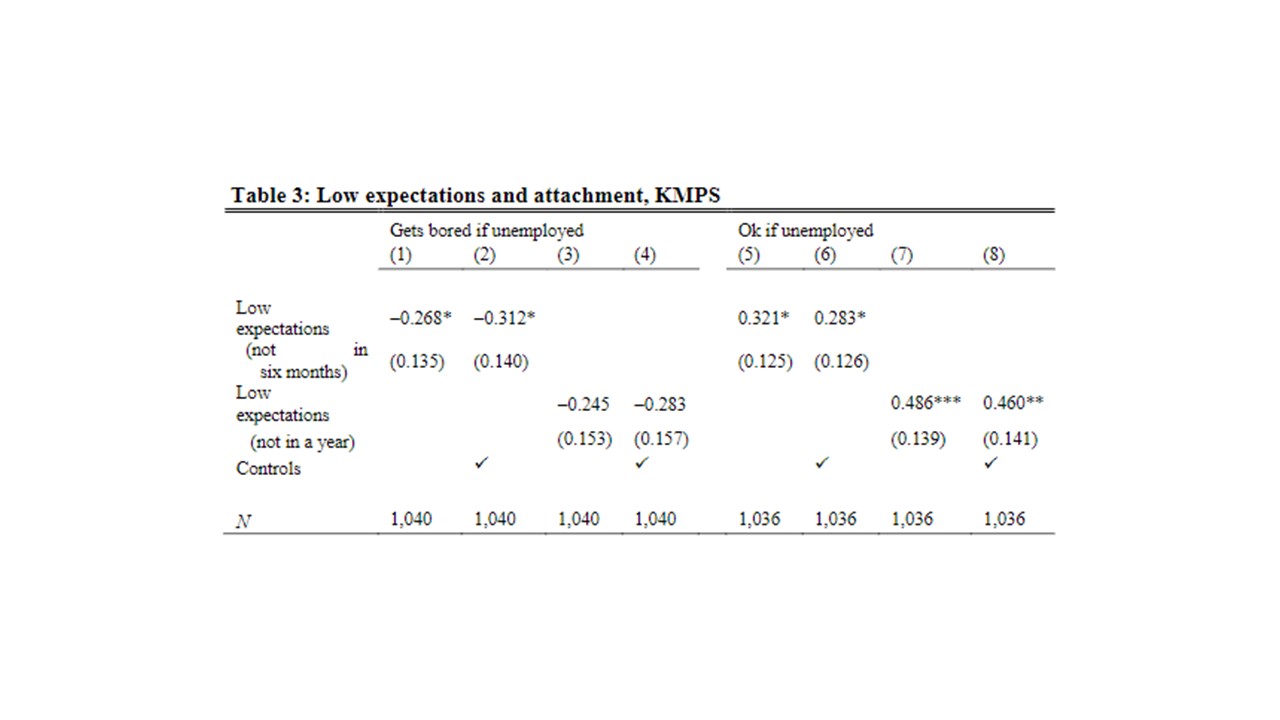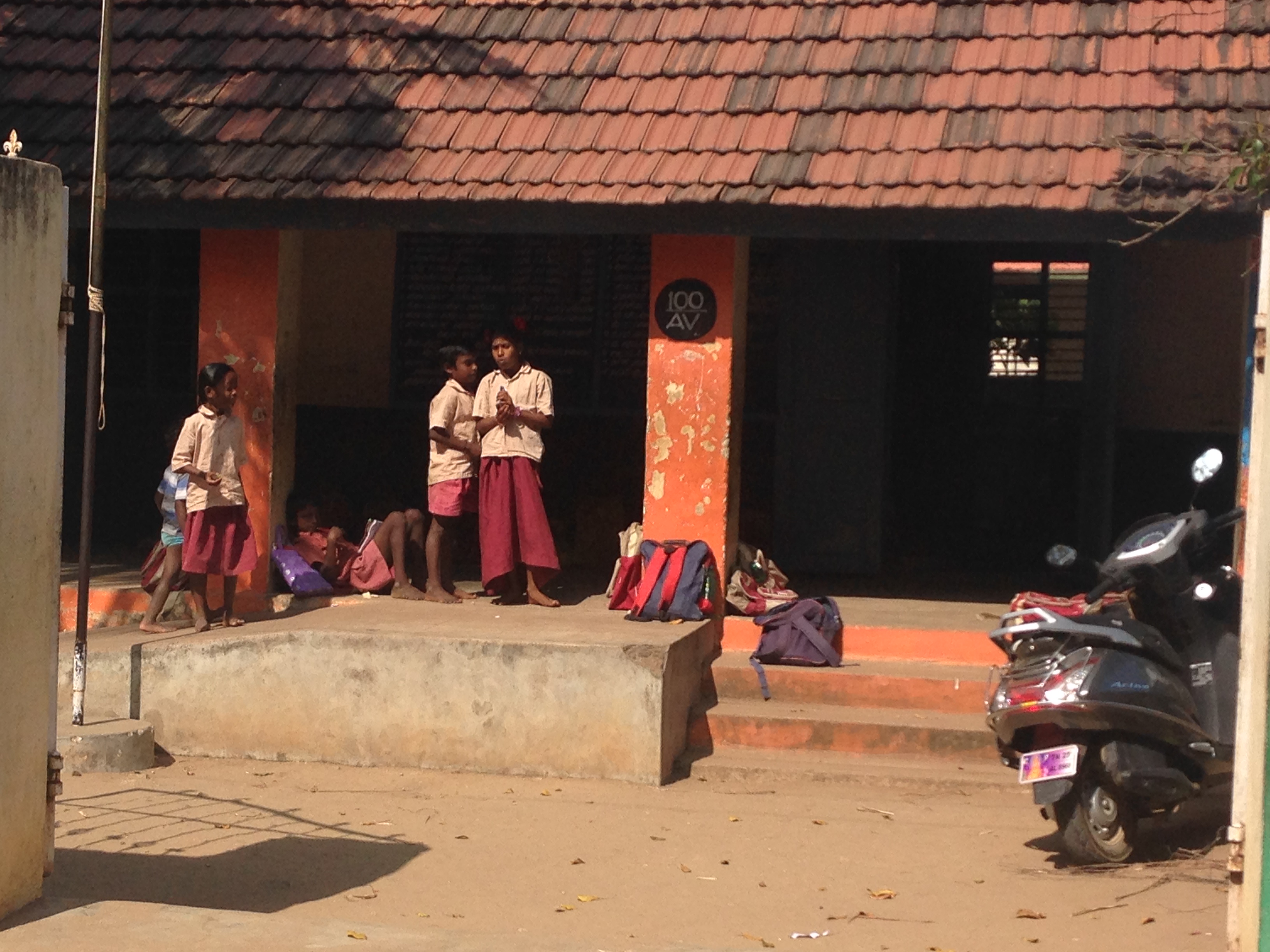The United States Supreme Court’s ruling in Dobbs v. Jackson Women’s Health Organization has made understanding the impact of abortion laws increasingly important and timely. We investigate recent claims by policymakers that abortion restrictions increase birth rates; we also evaluate consequences for human capital and women’s welfare.
Research Papers by Dean Spears
Research Papers by Dean Spears
Excess neonatal mortality among private facility births in rural parts of high-mortality states of India: Demographic analysis of a national survey
We ask how early-life mortality in the rural population of the EAG states and the rest of India differs according to the setting of birth. We consider whether quality of care can help explain the differences we find.
Fiscal externalities and underinvestment in early-life human capital: Optimal policy instruments for a developing country
We study policy instruments to correct inefficiently low investment in maternal nutrition in India, where one-fifth of all births occur.
Redistribution, rent-seeking, and the welfare impact of a universal basic income in India
In both developed and developing countries, there is significant interest in the idea of a universal basic income, where the government gives a monetary transfer to all citizens rather than targetting lower-income individuals.
Ex-post average utilitarianism can be worse for all affected
According to Ex-Post Average Utilitarianism, prospect 𝑋 is at least as good as prospect 𝑌 if and only if the expected average well-being is at least as great in 𝑋 as in 𝑌. We show that Ex-Post Average Utilitarianism can oppose the interests of all affected people.
Do fertility preferences in early adulthood predict later average fertility outcomes of the same cohort?: Pritchett (1994) revisited with cohort data
Pritchett (1994) influentially examined the relationship between survey-reported ideal fertility and period total fertility rates. Pritchett’s analyses found that country-period by country-period differences in fertility preferences could statistically account for the majority of the variation in period total fertility rates. This result was impactful because it suggested that preferences, rather than constraints such as contraceptive access, explain fertility outcomes.
Long-term population projections: Scenarios of low or rebounding fertility
The size of the human population is projected to peak in the 21st century. But quantitative projections past 2100 are rare, and none quantify the possibility of a rebound from low fertility to replacement-level fertility. Here we provide updated long-term cohort-component population projections and extend the set of scenarios in the literature to include scenarios in which future fertility (a) stays below replacement or (b) recovers and increases.
What calibrating variable-value population ethics suggests
Variable-Value axiologies avoid Parfit’s Repugnant Conclusion while satisfying some weak instances of the Mere Addition principle. We apply calibration methods to two leading members of the family of Variable-Value views conditional upon: first, a very weak instance of Mere Addition and, second, some plausible empirical assumptions about the size and welfare of the intertemporal world population.
Egyptians, aliens, and okies: Against the sum of averages
Grill (2023) defends the sum of averages view (SAV), on which the value of a population is found by summing the average welfare of each generation or birth cohort. A major advantage of SAV, according to Grill, is that it escapes the Egyptology objection to average utilitarianism. But, we argue, SAV escapes only the most literal understanding of this objection, since it still allows the value of adding a life to depend on facts about other, intuitively irrelevant lives.
Near-universal marriage, early childbearing, and low fertility: India’s alternative fertility transition
We use data from the Demographic and Health Surveys (DHS), the United Nations (UN), and the Organisation for Economic Co-operation and Development (OECD) to observe factors associated with fertility decline in 36 Indian states and 76 countries.
Mothers’ social status and children’s health: Evidence from joint households in rural India
The premise that a woman's social status has intergenerational effects on her children's health has featured prominently in population science research and in development policy. This study focuses on an important case in which social hierarchy has such an effect.
A larger world population raises average living standards, net of climate damages
Human activity generates carbon emissions leading to climate change. This fact has led many to conclude that future generations will be better-off if global fertility continues its current decline. We show this conclusion is incorrect because it fails to account for two countervailing benefits of a larger population, each well documented in demographics and economics.
Does the Repugnant Conclusion have important implications for axiology or for public policy?
Formal arguments have proven that avoiding the Repugnant Conclusion is impossible without rejecting one or more highly plausible population principles. To many, such proofs establish not only a deep challenge for axiology, but also pose an important practical problem of how policy-making can condently proceed without resolving any of the central questions of population ethics. Here we offer deflationary responses: first to the practical challenge, and then to the more fundamental challenge for axiology.
Climate action with revenue recycling has benefits for poverty, inequality and well-being
Existing estimates of optimal climate policy ignore the possibility that carbon tax revenues could be used in a progressive way; model results therefore typically imply that near-term climate action comes at some cost to the poor. Using the Nested Inequalities Climate Economy (NICE) model, we show that an equal per capita refund of carbon tax revenues implies that achieving a 2 °C target can pay large and immediate dividends for improving well-being, reducing inequality and alleviating poverty.
Utilitarian benchmarks for emissions and pledges promote equity, climate and development
Tools are needed to benchmark carbon emissions and pledges against criteria of equity and fairness. Here we propose a utilitarian benchmark computed in a transparent optimization framework, which could usefully inform the equity benchmark debate.
Endogenous inclusion in the Demographic and Health Survey anthropometric sample: Implications for studying height within households
Development economists study both anthropometry and intra-household allocation. In these literatures, the Demographic and Household Surveys (DHS) are essential. The DHS censors its anthropometric sample by age: only children under five are measured. We document several econometric consequences, especially for estimating birth-order effects.
Foundations of utilitarianism under risk and variable population
Utilitarianism is the most prominent family of social welfare functions. We present three new axiomatic characterizations of utilitarian (that is, additively separable) social welfare functions in a setting where there is risk over both population size and the welfares of individuals.
Population ethics and the prospects for fertility policy as climate mitigation policy
What are the prospects for using population policy as tool to reduce carbon emissions? In this paper, we review evidence from population science, in order to inform debates in population ethics that, so far, have largely taken place within the academic philosophy literature.
Additively-separable and rank-discounted variable-population social welfare functions: A characterization
First, we show that, under some uncontroversial criteria for a plausible social welfare relation, EEE suffices to rule out the Repugnant Conclusion of population ethics (without AZ’s other novel axioms). Second, we provide a new characterization of CLGU: AZ’s set of axioms is equivalent to CLGU when EEE is replaced by the axiom same-number independence.
Neonatal death in India: Birth order in a context of maternal undernutrition
We document a novel fact about neonatal death, or death in the first month of life. Globally, neonatal mortality is disproportionately concentrated in India.
What should we agree on about the Repugnant Conclusion?
The Repugnant Conclusion is an implication of some approaches to population ethics. It states, in Derek Parfit's original formulation, for any possible population of at least ten billion people, all with a very high quality of life, there must be some much larger imaginable population whose existence, if other things are equal, would be better, even though its members have lives that are barely worth living.
Repugnant conclusions
The population ethics literature has long focused on attempts to avoid the repugnant conclusion. We show that a large set of social orderings that are conventionally understood to escape the repugnant conclusion do not in fact avoid it in all instances.
Inversions in US presidential elections: 1836–2016
Inversions—in which the popular vote winner loses the election—have occurred in four US presidential races. We show that rather than being statistical flukes, inversions have been ex ante likely since the early 1800s.
Persisting prejudice: Measuring attitudes and outcomes by caste and gender in India
We present results from a new representative telephonic survey, which confirms persistence of conservative gender and caste attitudes. In particular, we find that high proportions of men and women in all of the social groups we study disapprove of women working outside the home, say that it is acceptable for husbands to beat their wives, and would object to relatives marrying a Dalit person.
The risk of narrow, disputable results in the U.S. electoral college: 1836-2020
Close elections are important for many reasons, including that consequent election disputes can weaken democratic legitimacy and risk political violence. We quantify the probability of close outcomes in US presidential races with novel applications of empirical election models from several sources.
Assessing high-profile public messaging for sanitation behaviour change: Evidence from a mobile phone survey in India
The UN Sustainable Development Goals call for the elimination of open defecation by 2030. In 2014, the Prime Minister announced a policy called the Swachh Bharat Mission (SBM), which aimed to eliminate open defecation by 2019. To assess the extent of public awareness of the SBM, we use a mobile phone survey to ask about people’s knowledge of the existence and purpose of the SBM.
Mere Addition is equivalent to avoiding the Sadistic Conclusion in all plausible variable-population social orderings
Two important axioms in the population ethics literature are Mere Addition and avoidance of the Sadistic Conclusion, both of which focus on the sign of lifetime utility. Here, we provide weak, uncontroversial sufficient conditions for these two principles to be equivalent.
Those who can't sort, steal: Caste, occupational mobility, and rent-seeking in rural India
Three important features of Indian labor markets enduringly coexist: rent-seeking, occupational immobility, and caste. These facts are puzzling, given theories that predict static, equilibrium social inequality without conflict. Our model explains these facts as an equilibrium outcome.
Revisiting open defecation
Since October 2014, the Government of India has worked towards the goal of eliminating open defecation by 2019 through the Swachh Bharat Mission. Although rural latrine ownership increased considerably over this period, open defecation remains very common in these four states. There is substantial heterogeneity across states in what the SBM did and how. These outcomes suggest the need for a transparent, fact-based public dialogue about the SBM, its costs and benefits, and its accomplishments and means.
Persistence of solid fuel use in rural north India
Survey evidence from rural North India showing persistent solid fuel use despite increases in liquefied petroleum gas ownership is presented. To realise the full health benefits of the LPG expansion, attention must now be turned towards encouraging exclusive LPG use.
Quantifying animal well-being and overcoming the challenge of interspecies comparisons
This handbook chapter explains the problem of interspecies comparisons, explains recent research that develops methods to overcome this problem, and includes animal welfare in rigorous policy and investment analysis (e.g., in analyses of optimal public policies, analyses of optimal philanthropic investment, and so on).
Measuring open defecation in India using survey questions: Evidence from a randomised survey experiment
We provide the first evidence that individual-level questions find more open defecation than household-level questions.
The hidden zero problem
We discuss the hidden zero problem, which is that the marginal effect of an action often depends on a hidden parameter that is ignored in widespread effective altruism (EA) analyses of efficacy, where that parameter might realistically have the value of zero in a way that ensures that individual actions are not efficacious.
The Asymmetry of population ethics: Experimental social choice and dual-process moral reasoning
Population ethics is widely considered to be exceptionally important and exceptionally difficult. This paper reports a set of questionnaire experiments about the Asymmetry in the spirit of economists’ empirical social choice.
Local social inequality, economic inequality, and disparities in child height in India
This study investigates disparities in child height—an important marker of population- level health—among population groups in rural India.
The association of early-life exposure to ambient PM2.5 and later-childhood height-for-age in India: An observational study
Children in India are exposed to high levels of ambient fine particulate matter (PM2.5). However, population-level evidence of associations with adverse health outcomes from within the country is limited. The aim of our study is to estimate the association of early-life exposure to ambient PM2.5 with child health outcomes (height-for-age) in India.
The impact of human health co-benefits on evaluations of global climate policy
The health co-benefits of CO2 mitigation can provide a strong incentive for climate policy through reductions in air pollutant emissions that occur when targeting shared sources. Here we find that when both co-benefits and co-harms are taken fully into account, optimal climate policy results in immediate net benefits globally, overturning previous findings from cost-benefit models that omit these effects.
The consequences of social inequality for the health and development of India’s children: The case of caste, sanitation, and child height
Recent literature on caste, sanitation, and child net nutrition provides an example of one social context where social inequality makes an entire population less healthy. This paper presents new observational analysis of the India Human Development Survey that provides descriptive evidence of this mechanism.
Optimal climate policy and the future of world economic development
How much should the present generations sacrifice to reduce emissions today, in order to reduce the future harms of climate change? We show that optimal climate policy similarly importantly depends on the future of the developing world.
Quantifying India’s climate vulnerability
This paper asks about the climate damages that Indian policymakers can expect. What is the likely magnitude of climate damages, and how sensitive are they to the level of warming?
Child height in India
An analysis of child height-for-age using the newly released data from the National Family Health Survey-4 indicates that the average child height increased by about four-tenths of a height-for-age standard deviation between 2005 and 2015. Although important, this increase is small relative to India’s overall height deficit, and relative to economic progress; children in India remain among the shortest in the world.
Exposure to open defecation can account for the Indian enigma of child height
Physical height is an important measure of human capital. However, differences in average height across developing countries are poorly explained by economic differences. This paper proposes and quantitatively investigates the hypothesis that differences in sanitation — and especially in the population density of open defecation — can statistically account for an important component of the Asian enigma, India's gap relative to sub-Saharan Africa.
Sanitation, disease externalities and anaemie: Evidence from Nepal
Anaemia impairs physical and cognitive development in children and reduces human capital accumulation. The prior economics literature has focused on the role of inadequate nutrition in causing anaemia. This article is the first to show that sanitation, a public good, significantly contributes to preventing anaemia.
The puzzle of open defecation in rural India: Evidence from a novel measure of caste attitudes in a nationally-representative survey
Uniquely widespread and persistent open defecation in rural India has emerged as an important policy challenge and puzzle about behavioral choice in economic develop- ment. One candidate explanation is the culture of purity and pollution that reinforces and has its origins in the caste system.
Sanitation and religion in South Asia: What accounts for differences across countries?
Exposure to open defecation has serious consequences for child mortality, health, and human capital development. South Asia has the highest rates of open defecation worldwide, and although the incidence declines as household income rises, differences across South Asian countries are not explained by differences in per capita income.
Implications of WASH Benefits trials for water and sanitation
Results of the WASH Benefits trials in Bangladesh and Kenya have been reported by Stephen Luby and colleagues1 and by Clair Null and colleagues,2 respectively. One group in each study assessed the effect on child height-for-age of “household sanitation upgrades from unimproved to improved latrines” in the child's compound.
Neighborhood sanitation and infant mortality
In this paper, we shed new light on a long-standing puzzle: in India, Muslim children are substantially more likely than Hindu children to survive to their first birthday, even though Indian Muslims have lower wealth, consumption, educational attainment, and access to state services.
Maximizing the public health benefits from climate action
Environmental benefits that could be gained by successful climate change mitigation actions are usually subject to long action-reaction time lags. Furthermore, the links of mitigation efforts to major sources of climate forcing greenhouse gas (GHG) emissions are often complex.
Open defecation in rural India, 2015–16
The Government of India’s NFHS– 4 offers the best new data on open defecation in rural India to be released in over a decade. On average, change has been slow, even during the period of the Swachh Bharat Mission.
Impact of population growth and population ethics on climate change mitigation policy
We investigate how future population growth is relevant to climate change policy. The answer depends importantly on ethical questions about whether our ultimate goal should be to increase the number of people who are happy or rather to increase the average level of people’s happiness.
Optimal population and exhaustible resource constraints
A large literature considers the optimal size and growth rate of the human population, trading off the utility value of additional people with the costs of a larger population. In this literature, an important parameter is the social weight placed on population size; a standard result is that a planner with a larger weight on population chooses larger population levels and growth rates.
Switching to sanitation: Understanding latrine adoption in a representative panel of rural Indian households
Open defecation, which is still practiced by about a billion people worldwide, is one of the most compelling examples of how place influences health in developing countries. Efforts by governments and development organizations to address the world’s remaining open defecation would be greatly supported by a better understanding of why some people adopt latrines and others do not.
Making people happy or making happy people? Questionnaire-experimental studies of population ethics and policy
Is a larger population of people living good lives a better population, all else equal? This paper applies the questionnaire-experimental method of empirical studies of social choice to investigate participants’ policy choices and social orderings with respect to population size and average well-being.
Health externalities of India's expansion of coal plants: Evidence from a national panel of 40,000 households
Coal power generation is expanding rapidly in India and other developing countries. In addition to consequences for climate change, present-day health externalities may also substantially increase the social cost of coal.
Place and child health: The interaction of population density and sanitation in developing countries
A long literature in demography has debated the importance of place for health, especially children’s health. In this study, we assess whether the importance of dense settlement for infant mortality and child height is moderated by exposure to local sanitation behavior.
Understanding open defecation in rural India
India has far higher open defecation rates than other developing regions where people are poorer, literacy rates are lower, and water is relatively more scarce. In practice, government programmes in rural India have paid little attention in understanding why so many rural Indians defecate in the open rather than use affordable pit latrines.
An experiment with air purifiers in Delhi during winter 2015-2016
Particulate pollution has important consequences for human health, and is an issue of global concern. Outdoor air pollution has become a cause for alarm in India in particular because recent data suggest that ambient pollution levels in Indian cities are some of the highest in the world. We study the number of particles between 0.5μm and 2.5μm indoors while using affordable air purifiers in the highly polluted city of Delhi.
Disease externalities and net nutrition: Evidence from changes in sanitation and child height in Cambodia, 2005–2010
Child height is an important indicator of human capital and human development, in large part because early life health and net nutrition shape both child height and adult economic productivity and health. Between 2005 and 2010, the average height of children under 5 in Cambodia significantly increased. What contributed to this improvement?
Health and hunger: Disease, energy needs, and the Indian calorie consumption puzzle
India’s experience presents a puzzle at odds with a basic fact of household economics: amidst unprecedented economic growth, average per capita daily calorie consumption has declined in recent decades. Does an improving disease environment explain the calorie decline?
Purity, pollution, and untouchability: Challenges affecting the adoption, use, and sustainability of sanitation programmes in rural India
Despite decades of toilet construction, open defecation (OD) remains stubbornly common in rural India. The three authors, all associated with the Research Institute for Compassionate Economics (RICE), explore one of the reasons for this: the rejection of affordable pit latrines – particularly the emptying of them – because they are considered ritually polluting.
Village sanitation and child health: Effects and external validity in a randomized field experiment in rural India
Over a billion people worldwide defecate in the open, with important consequences for early-life health and human capital accumulation in developing countries. We report a cluster randomized controlled trial of a village sanitation intervention conducted in rural Maharashtra, India designed to identify an effect of village sanitation on average child height, an outcome of increasing importance to economists.
Can collective action strategies motivate behaviour change to reduce open defecation in rural India?
The world's remaining open defecation is increasingly concentrated in rural India. The Indian Government's efforts to reduce open defecation by providing subsidies for latrine construction have been largely unsuccessful in addressing the problem. It is now clear that behaviour change must be the priority if progress on ending open defecation is to made.
Caste and life satisfaction in rural north India
The article explores the association between caste and life association, an indicator to measure the subjective well-being of people.
Who is the identifiable victim? Caste and charitable giving in modern India
The reaction to identifiable victims is motivated by sympathy, but members of low-ranking groups in need often do not evoke sympathy. Our article extends this literature by studying the market for charitable giving within a developing country, and particularly in a society that has been historically stratified through a complex hierarchy of castes.
Improving sanitation is a policy priority for children’s human capital in rural India: lessons from recent literature and the IHDS
Why are Indian children so short and, given the policy importance of height as an indicator of human capital, what can be done about it?
Greene’s moral tribes and cooperation and conflict in India
Greene is both a psychologist and a philosopher. In this review, I will summarise Greene’s psychological re- search on moral intuition and judgment and examine the implication for conflict and cooperation in India.
Effects of early-life exposure to sanitation on childhood cognitive skills
Early-life health shapes cognitive skills and human capital. In India, widespread open defecation without using a toilet is an important source of childhood disease. We study the effects on childhood cognitive achievement of early-life exposure to India’s Total Sanitation Campaign (TSC), a large government program that encouraged local governments to build latrines and promote their use.
What doesn’t kill you makes you poorer: Adult wages and early-life mortality in India
A growing literature indicates that effects of early-life health on adult economic outcomes could be substantial in developing countries, but the magnitude of this effect is debated. We document a robust gradient between the early-life mortality environment to which men in India were locally exposed in their district and year of birth and the wages that they earn as adults.
Why sanitation matters for nutrition
Water, sanitation, and hygiene can have a profound effect on health and nutrition. A growing base of evidence on the link between sanitation, child height, and well-being has come at an opportune time, when the issue of sanitation and nutrition in developing countries has moved to the top of the post-2015 development agenda.
Smaller human population in 2100 could importantly reduce the risk of climate catastrophe
Would the effects of a counterfactual re-duction in the size of the 2100 population by 1billion have important consequences for well-being because of effects on climate change?
Height of the problem
Children in India are much shorter than children in other countries. More disturbingly, they come across as much too short according to international norms for populations of healthy children. Adivasi children are even shorter, on average, than other children in India. This gives rise to two questions. First, why are adivasi children so short? And second, why are they shorter than children in other population groups in India?
Are children in West Bengal shorter than children in Bangladesh?
Children in West Bengal and Bangladesh are presumed to share the same distribution of genetic height potential. This gap can be fully accounted for by differences in open defecation, and especially by open defecation in combination with differences in women’s status and maternal nutrition.
Short-term labor migration from rural north India: Evidence from new survey data
Despite high rates of internal migration, India is urbanizing relatively slowly. This paper uses new data from rural north India to study short-term migration to urban areas and its role in rural livelihoods.
Revealed preference for open defecation evidence from a new survey in rural north India
Despite economic growth, government latrine construction, and increasing recognition among policymakers that open defecation constitutes a health and human capital crisis, it remains stubbornly widespread in rural India. We present evidence from new survey data collected in Bihar, Haryana, Madhya Pradesh, Rajasthan and Uttar Pradesh.
Stunting among children facts and implications
Indian children are very short, on average, compared with children living in other countries. Disease environment, impact of open defecation, and women's status are all important factors in relative heights of children.
Having a son promotes clean cooking fuel use in urban India: Women’s status and son preference
Despite the profoundly negative health consequences of indoor air pollution, about half of the households in the world cook using solid biomass fuels. In India, many households use firewood or dung cakes as the primary source of energy for cooking. Certainly there are many important factors relevant to households’ use of biomass fuels, this article focuses on the causal role of one factor: the sex of a household’s first child.
Caste, ‘cleanliness’ and cash: Effects of caste-based political reservations in Rajasthan on a sanitation prize
Even compared with neighbouring countries, latrine use is especially uncommon in India. How might caste – historically associated with sanitation inequality – interact with government sanitation policy?
Policy lessons from the implementation of India’s total sanitation campaign
Ending widespread open defecation and pursuing feasible methods of safe excreta disposal must be the top policy priorities for India. This paper draws policy lessons from the first 10 years of latrine construction under India’s Total Sanitation Campaign (TSC), which was a flagship program of the Indian government
Open defecation and childhood stunting in India: An ecological analysis of new data from 112 districts
Poor sanitation remains a major public health concern linked to several important health outcomes; emerging evidence indicates a link to childhood stunting. We conducted an ecological regression analysis to assess the association between the prevalence of open defecation and stunting after adjustment for potential confounding factors.
Decision costs and price sensitivity: Field experimental evidence from India
This paper proposes decision costs as one explanation: whether a person buys at a price depends on whether she carefully considers the offer, which itself depends on price.
Low expectations: Reference-dependent preferences and labor supply in Cape Town, South Africa
We find evidence of reference-dependent decision-making in labor supply decision-making in two datasets about a high-unemployment part of Cape Town, South Africa, including a panel. People with low expectations for finding a job – that is, people who expect to be unemployed – are less likely to report accepting several hypothetical job offers.
Poverty and probability: Aspiration and aversion to compound lotteries in El Salvador and India
This paper proposes that many behavioral “investments” represent more compound risk for poorer people—who often face multiple dimensions of deprivation—than for richer people.
Economic decision-making in poverty depletes behavioral control
This paper reports a randomized lab experiment and a partially randomized field experiment, both in India, and analysis of the American Time Use Survey.
Height and cognitive achievement among Indian children
Using the India Human Development Survey, a representative sample of 40,000 households which matches anthropometric data to learning tests, this paper documents a height– achievement slope among Indian children.
Intertemporal bounded rationality as consideration sets with contraction consistency
How would a boundedly rational agent react to a larger menu? I model choice from an unobservable, subjective consideration subset. This paper was published in The B.E. Journal of Theoretical Economics.

